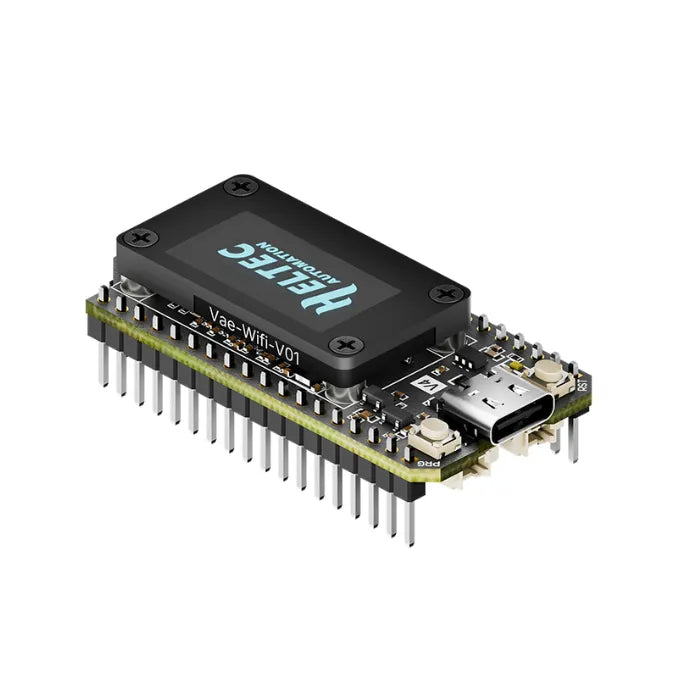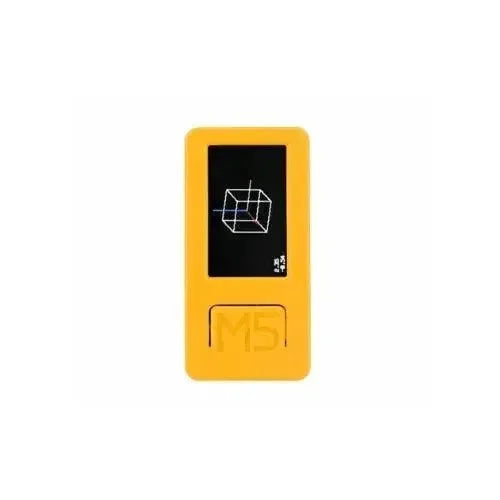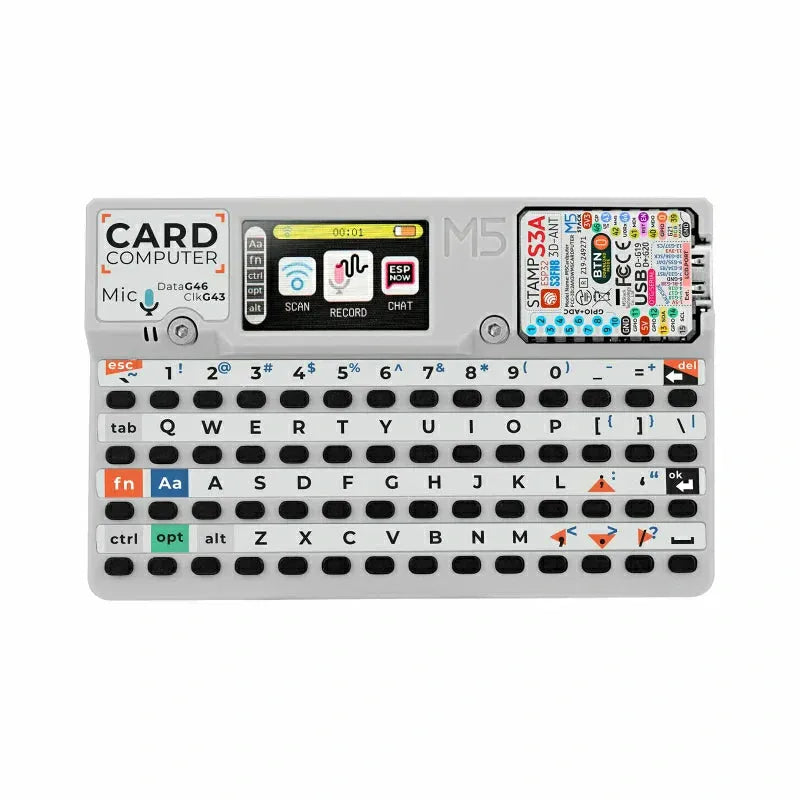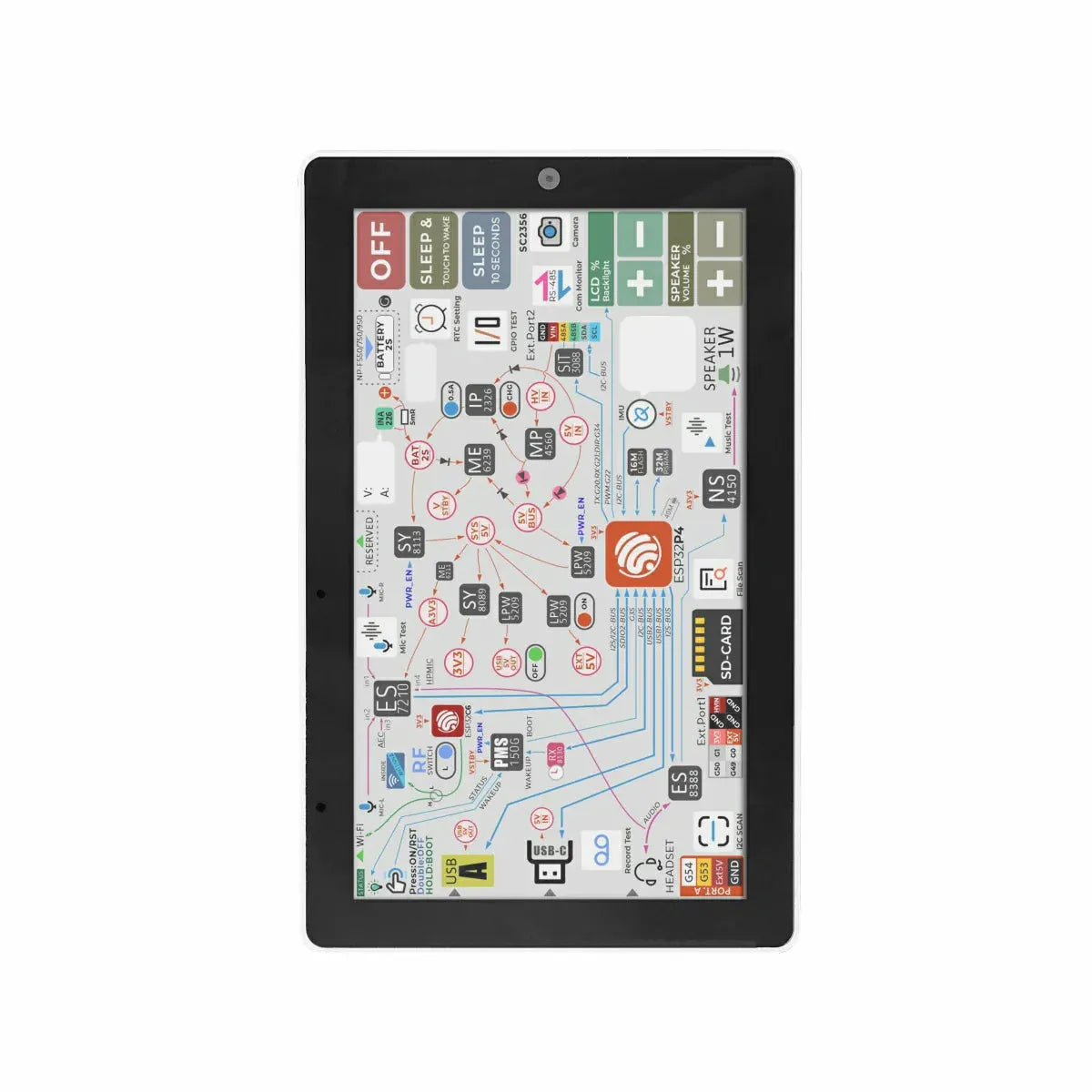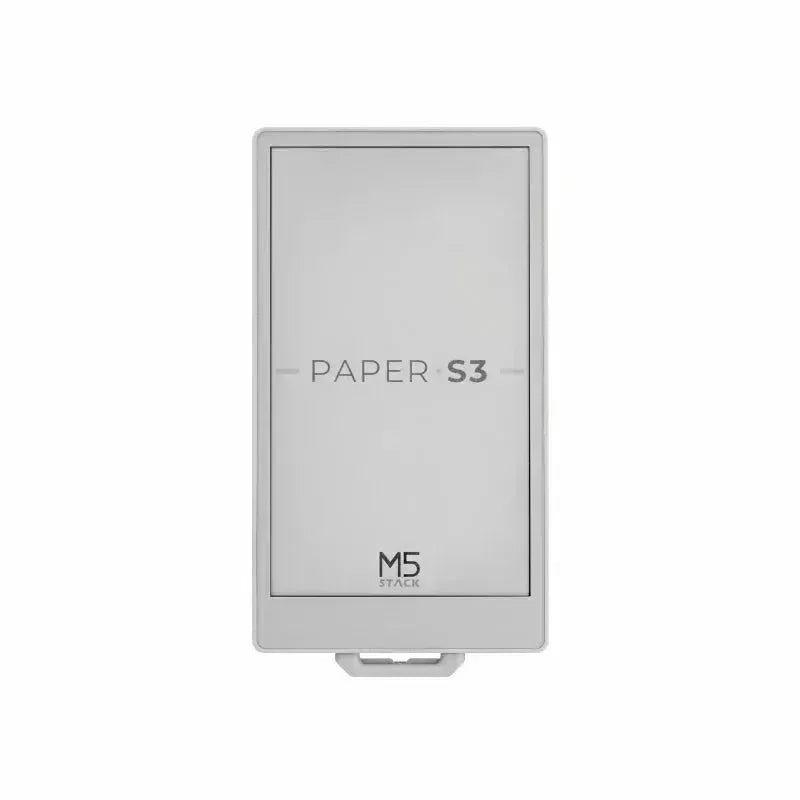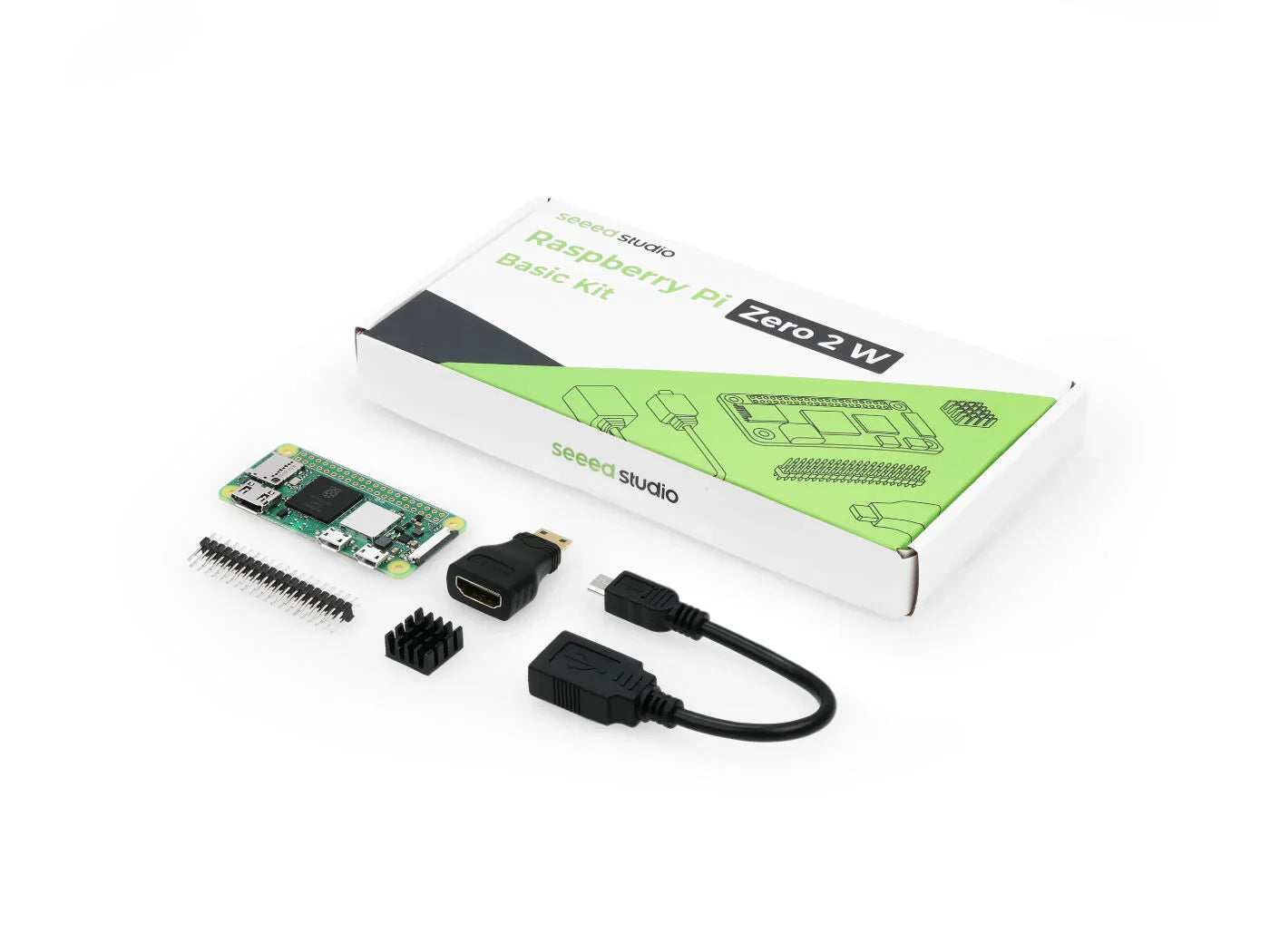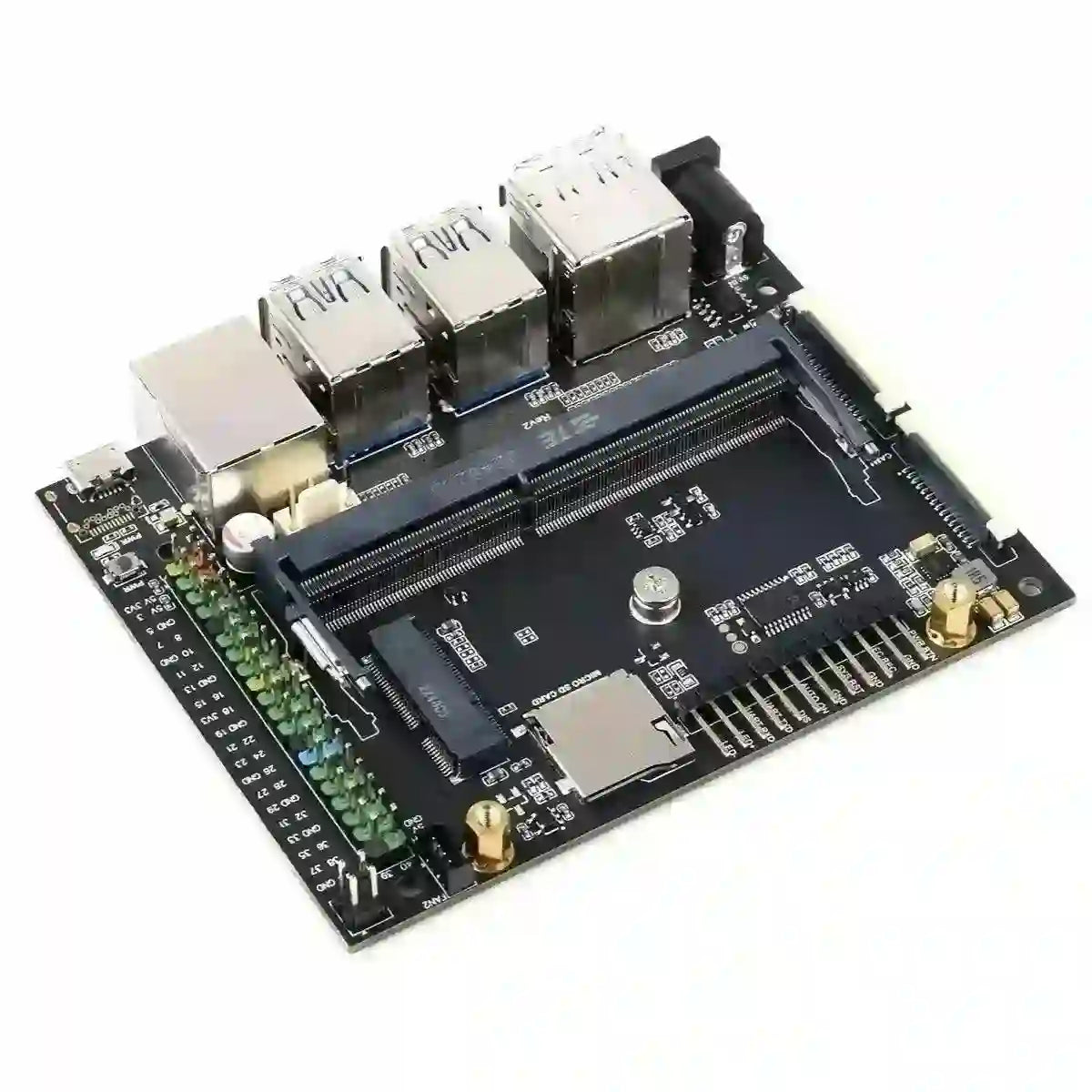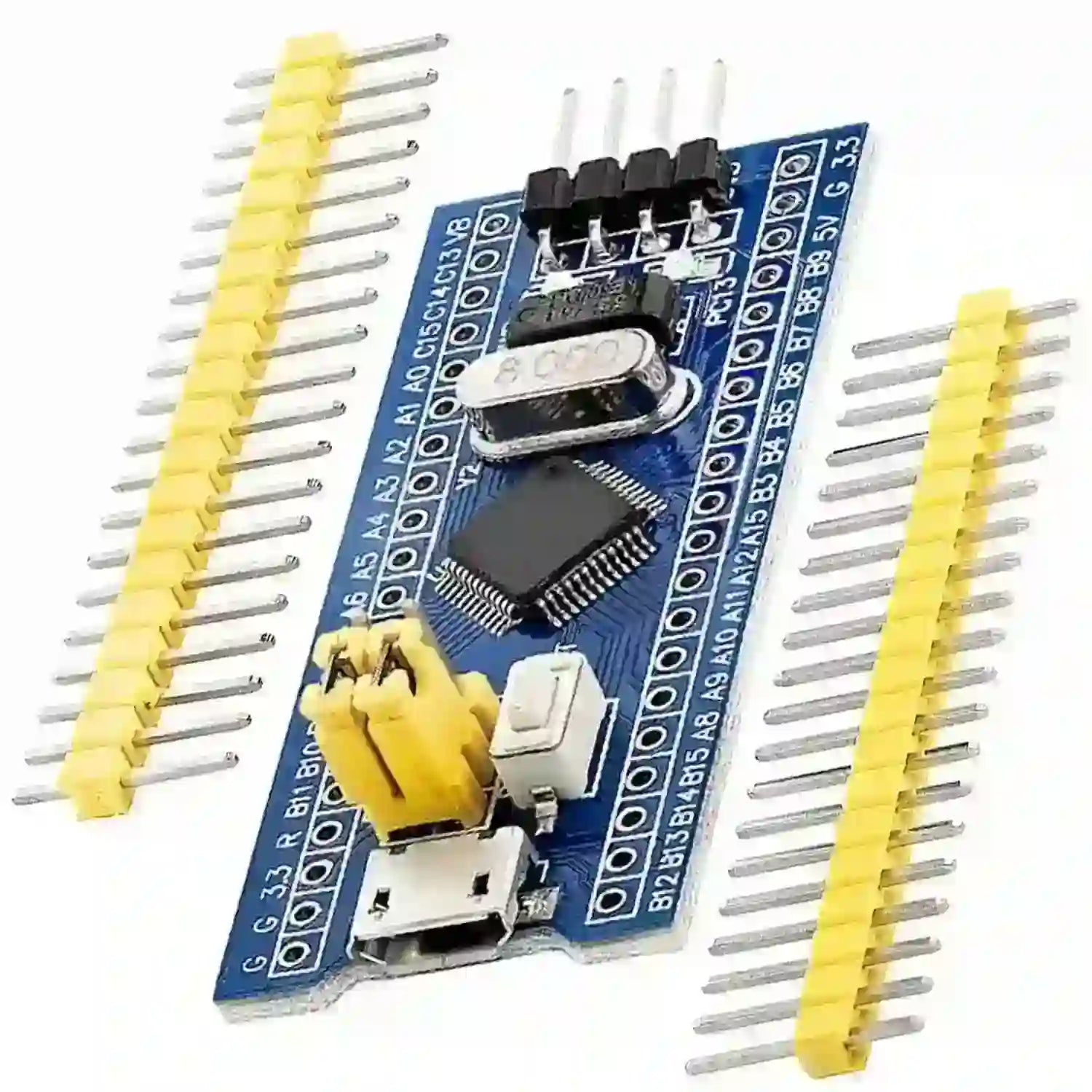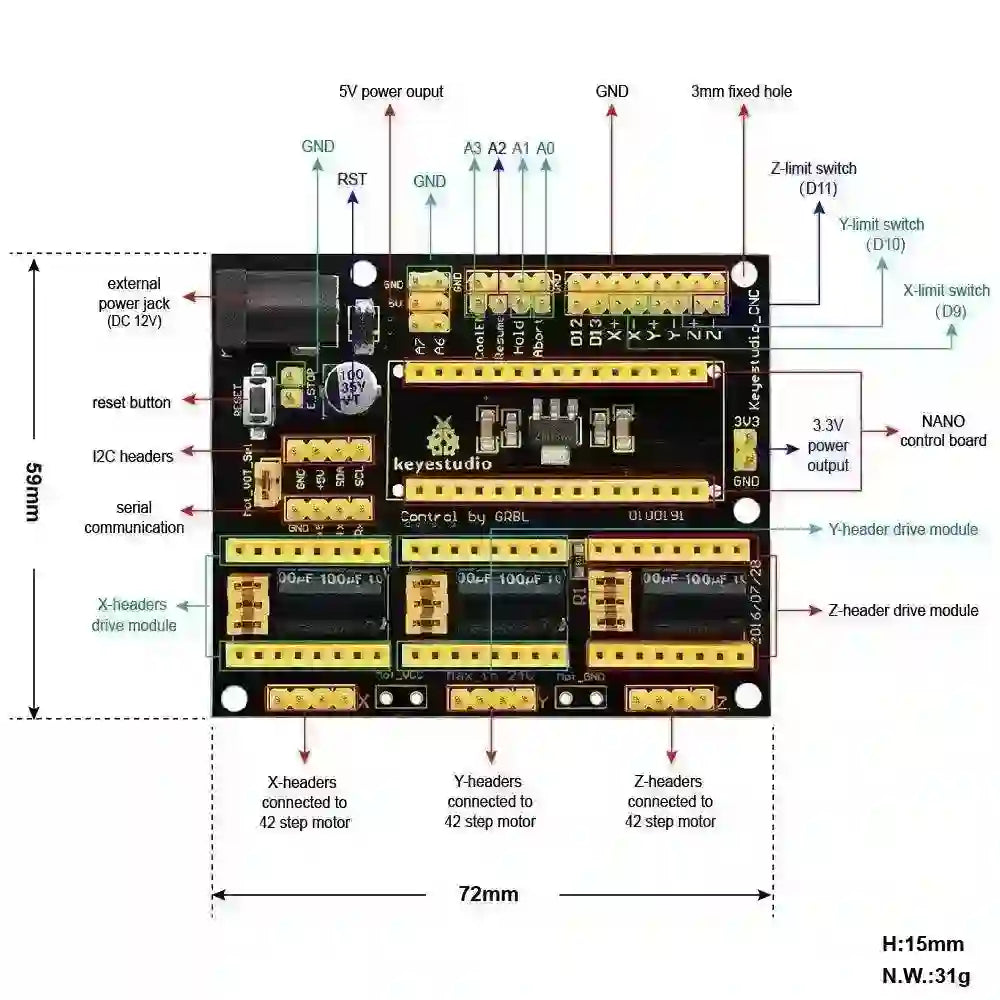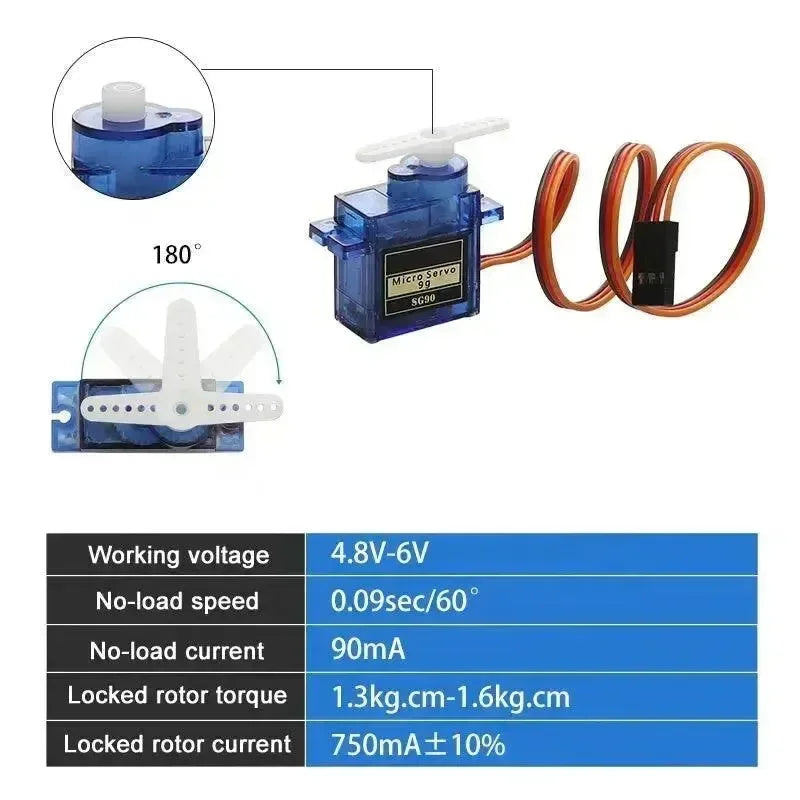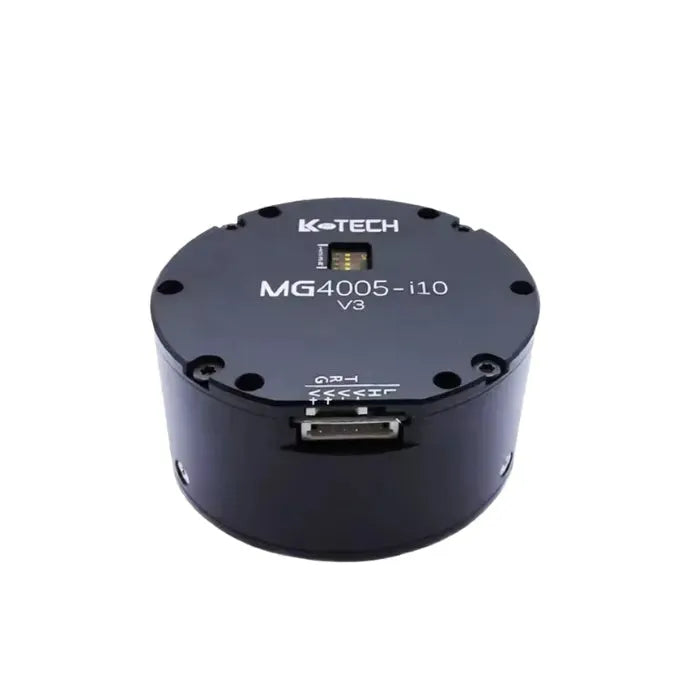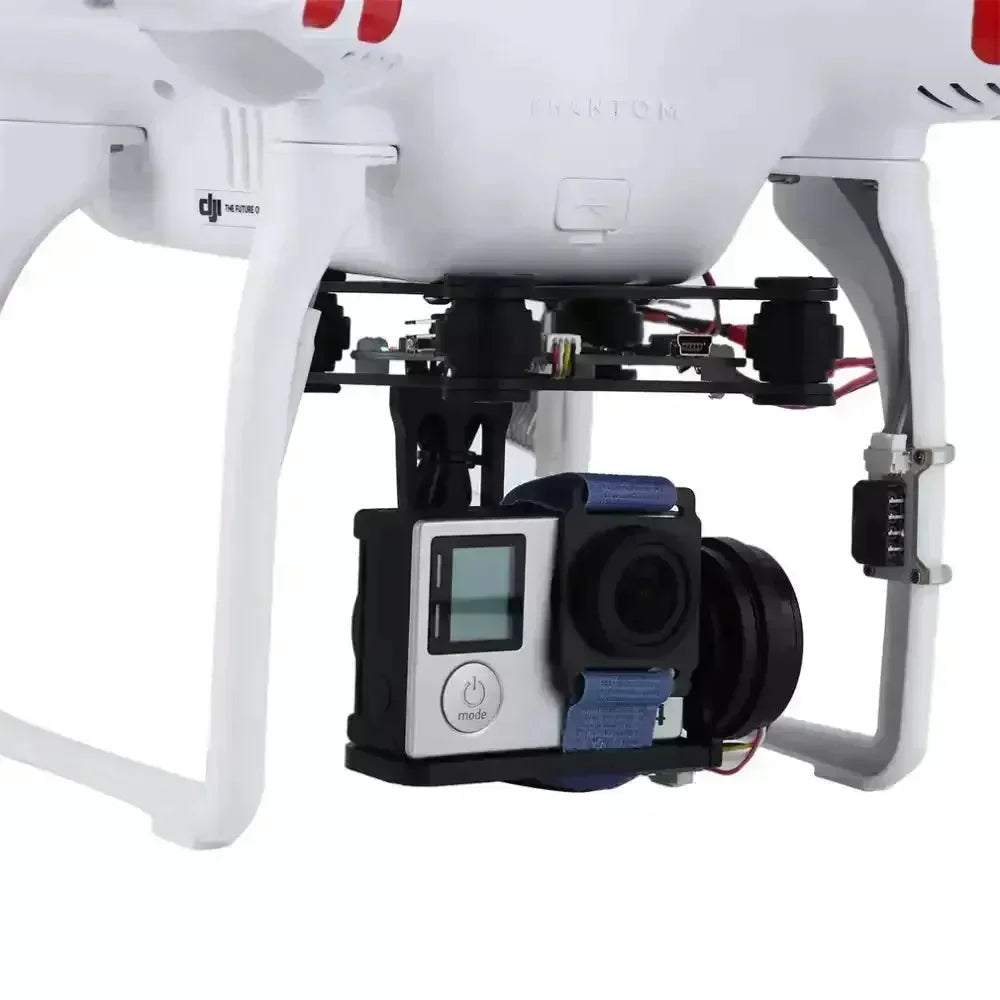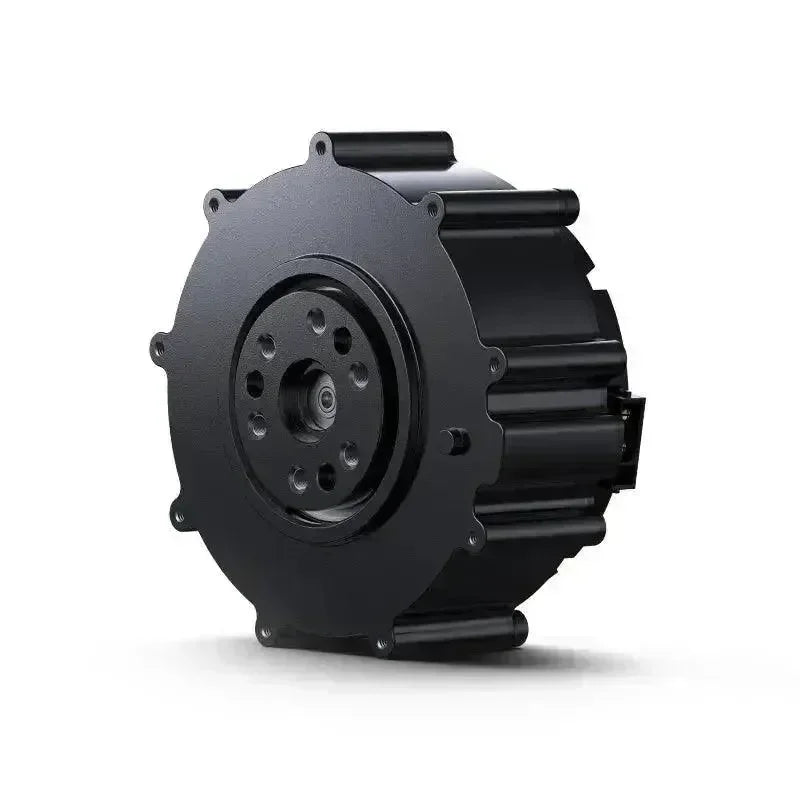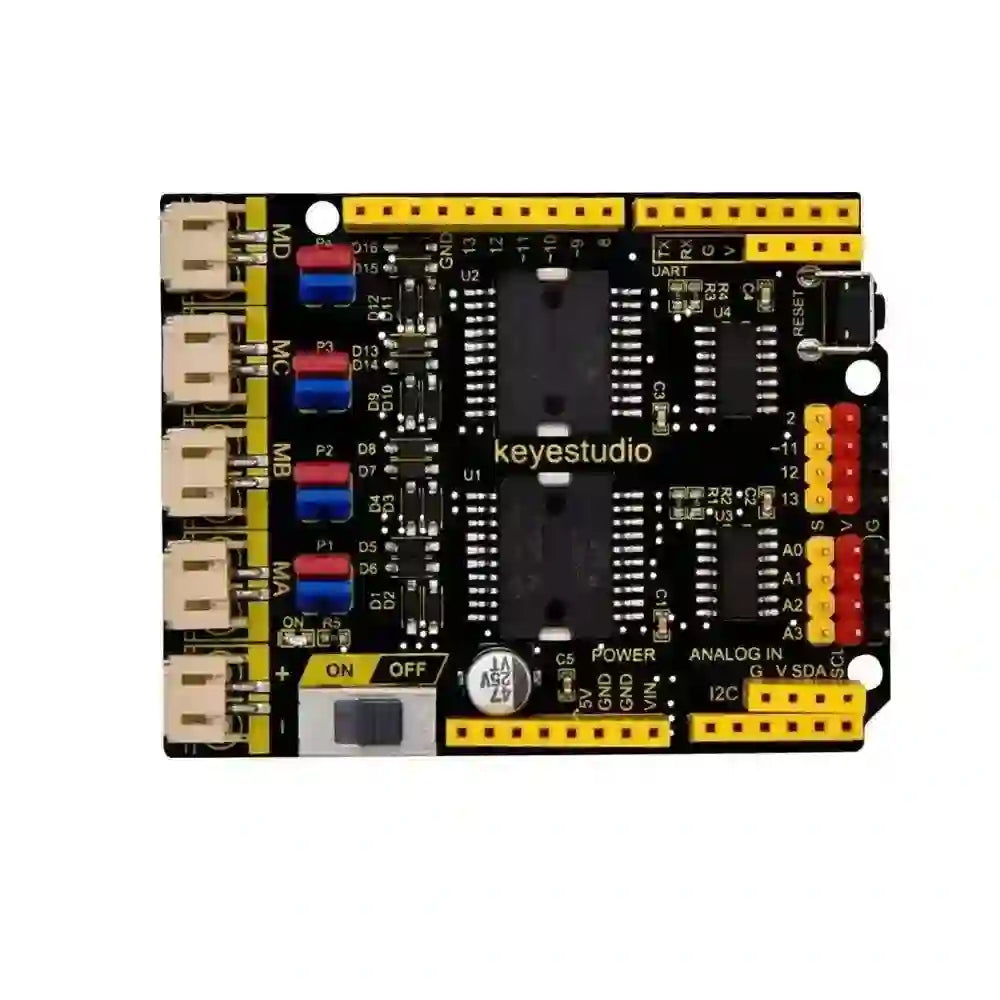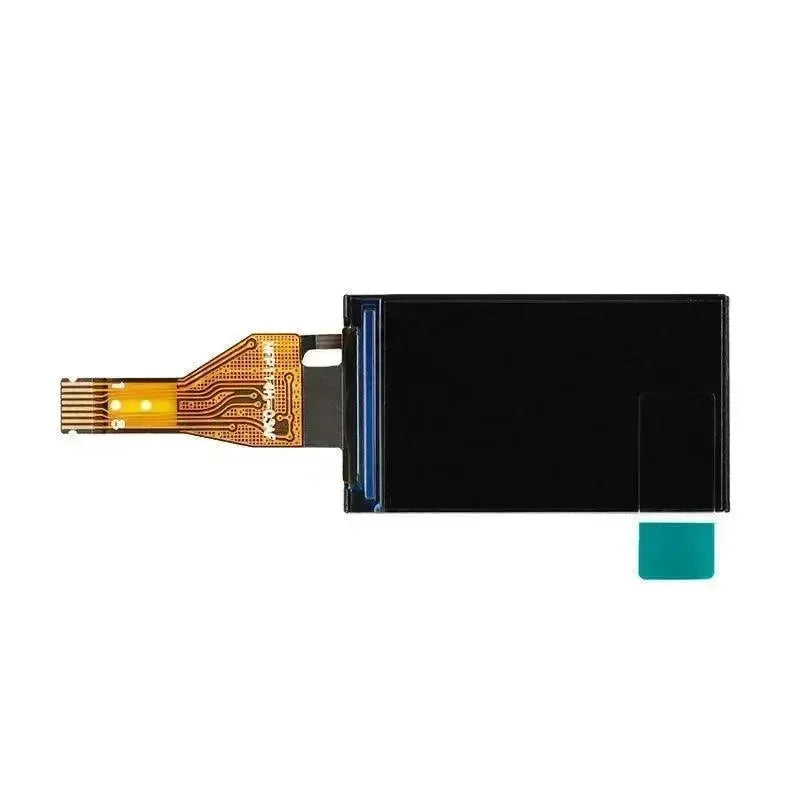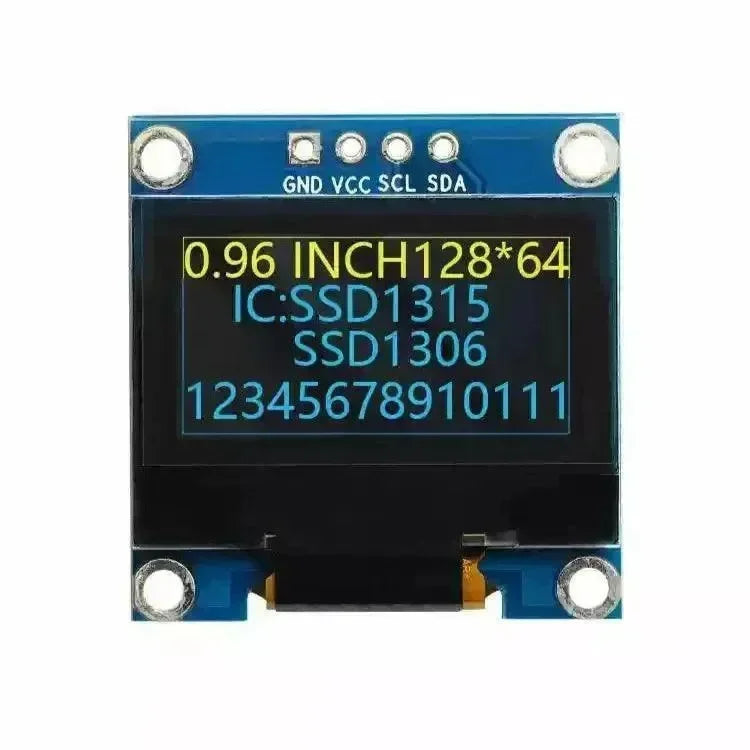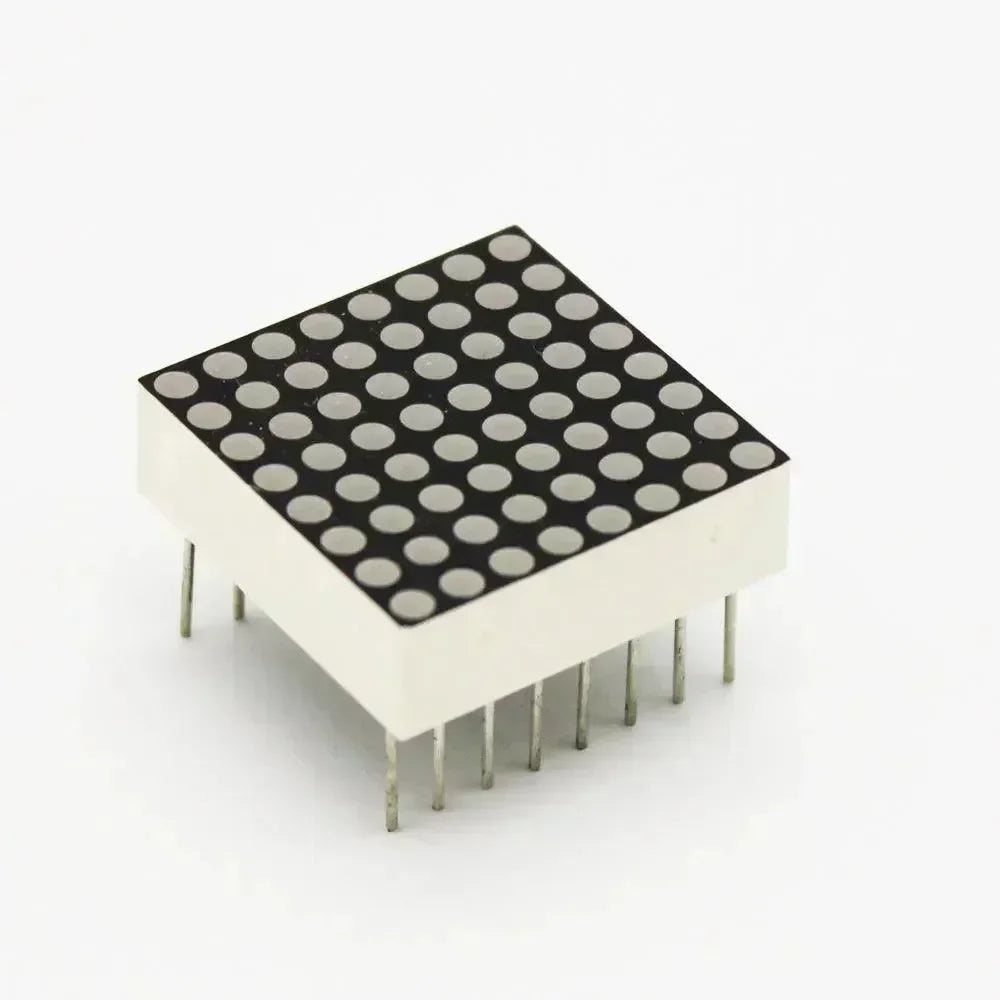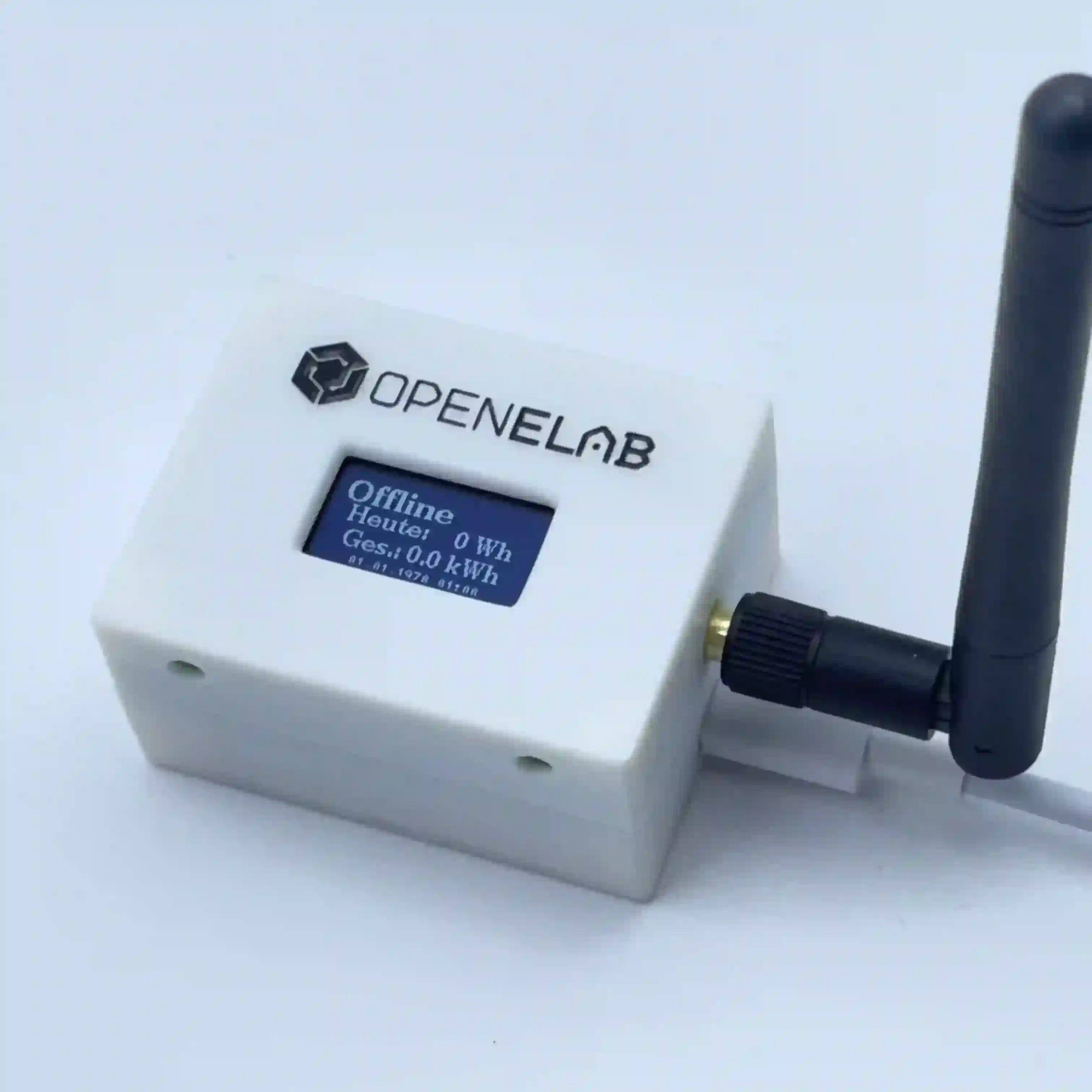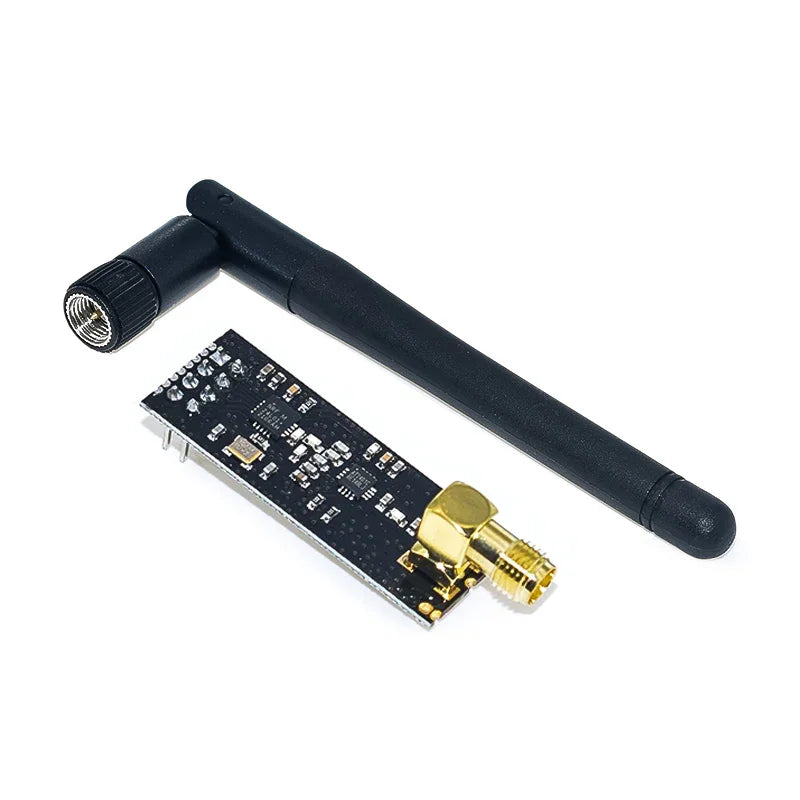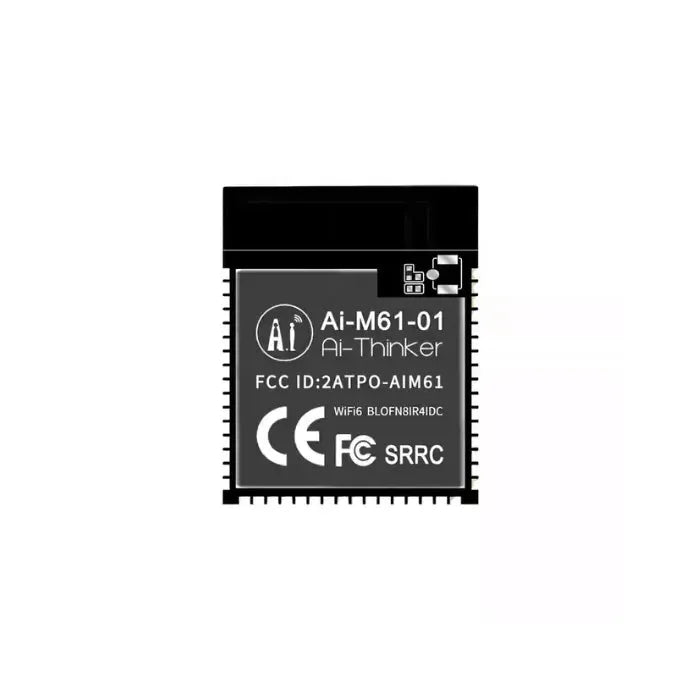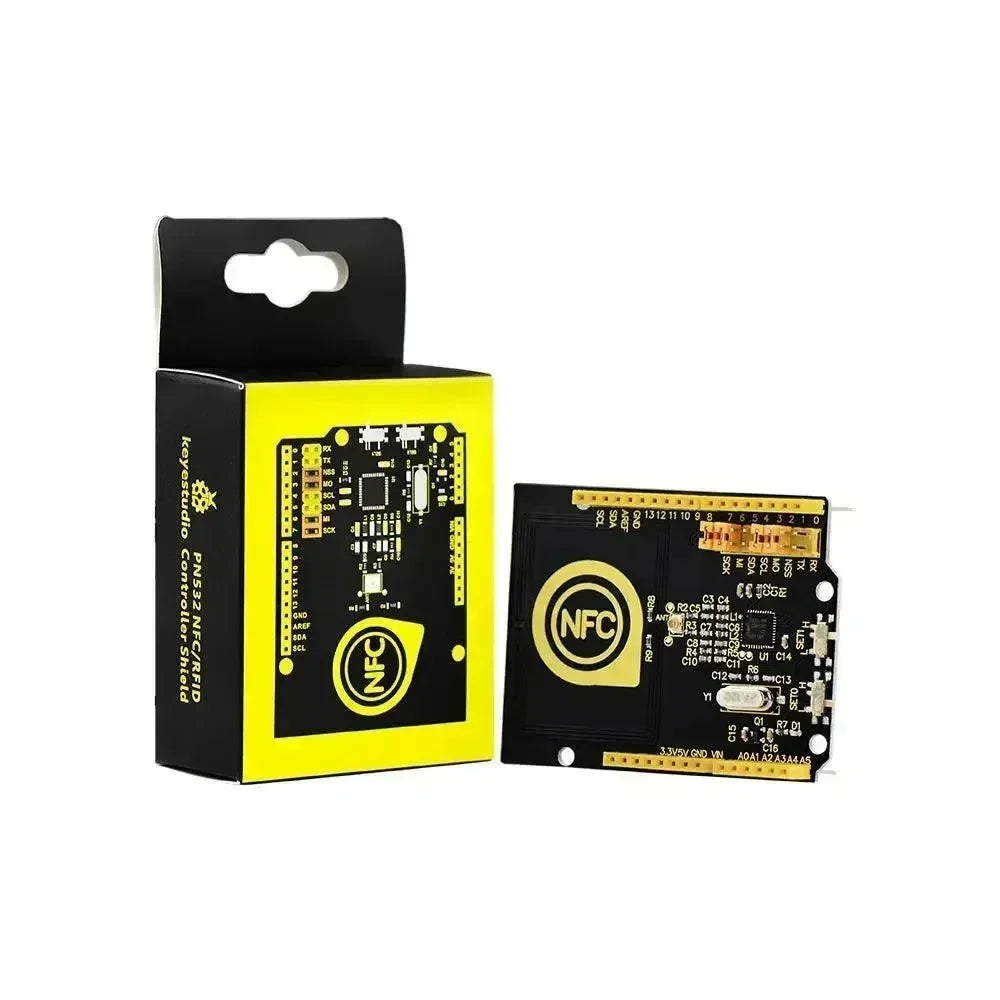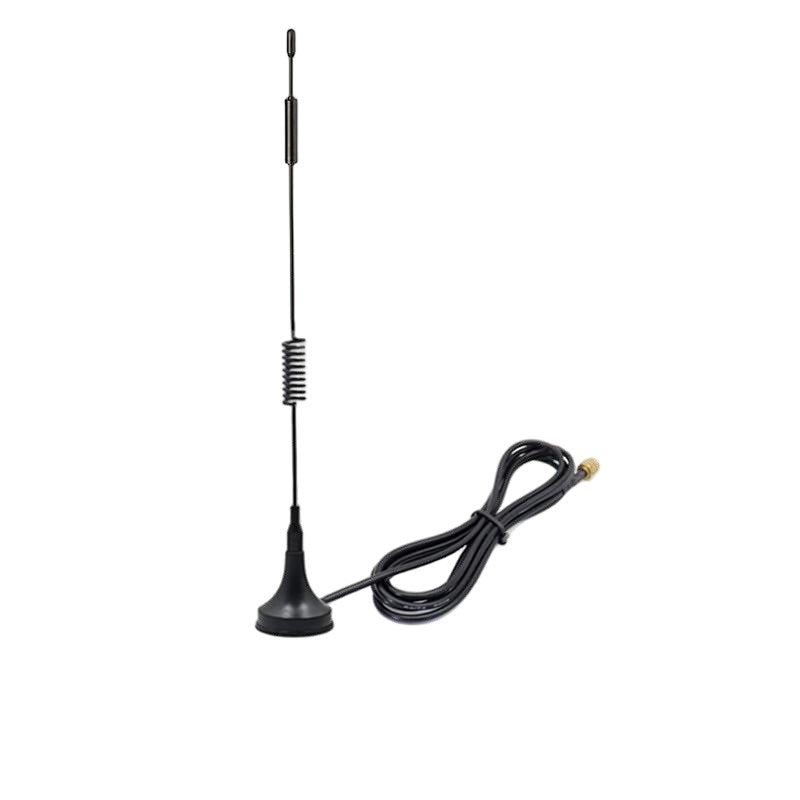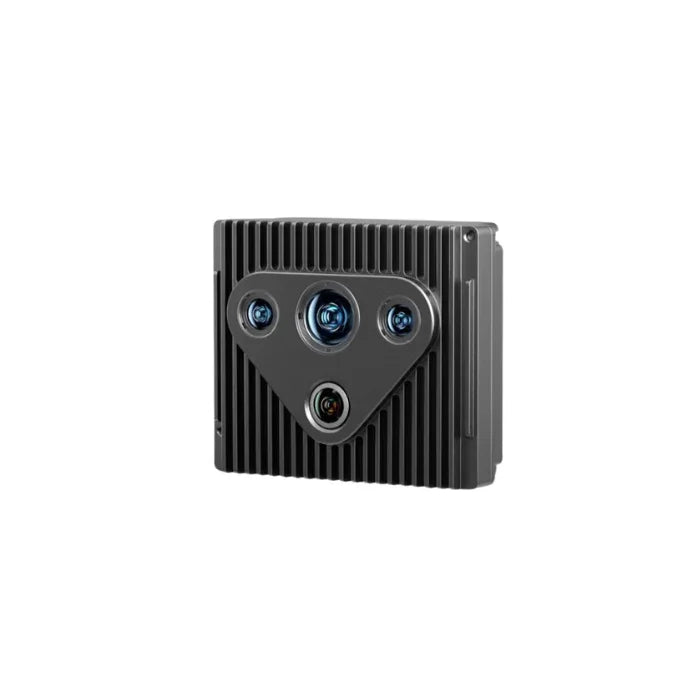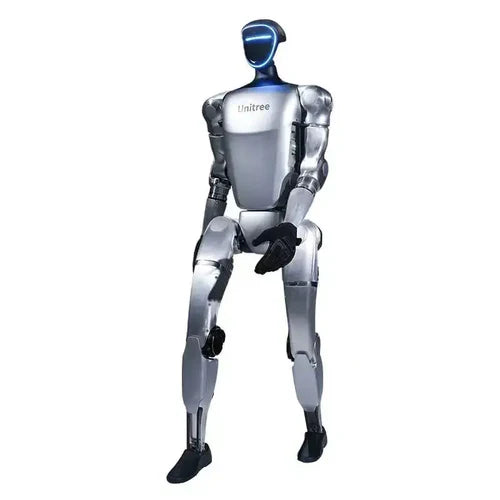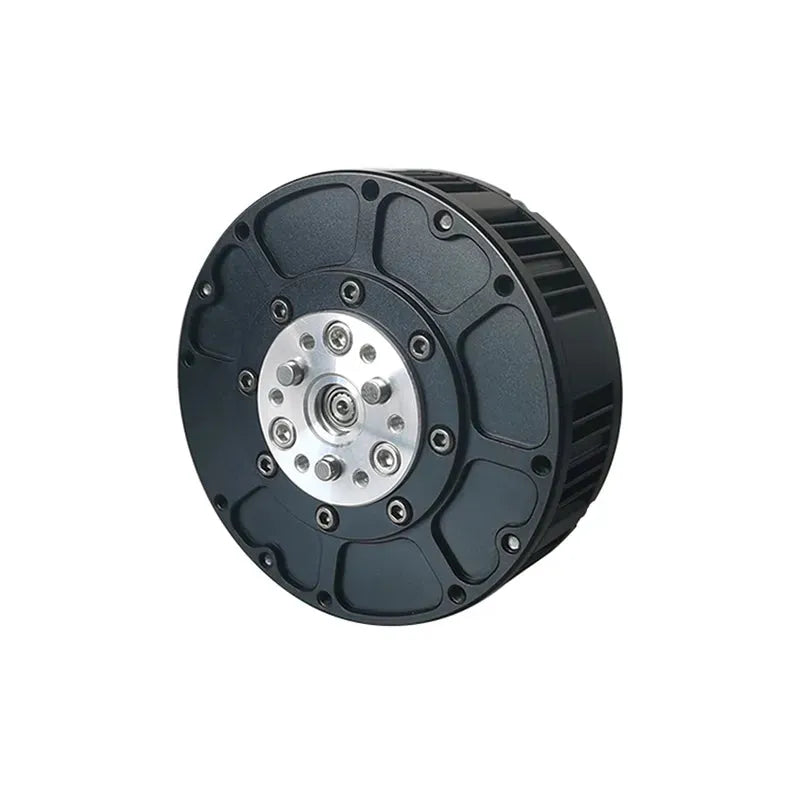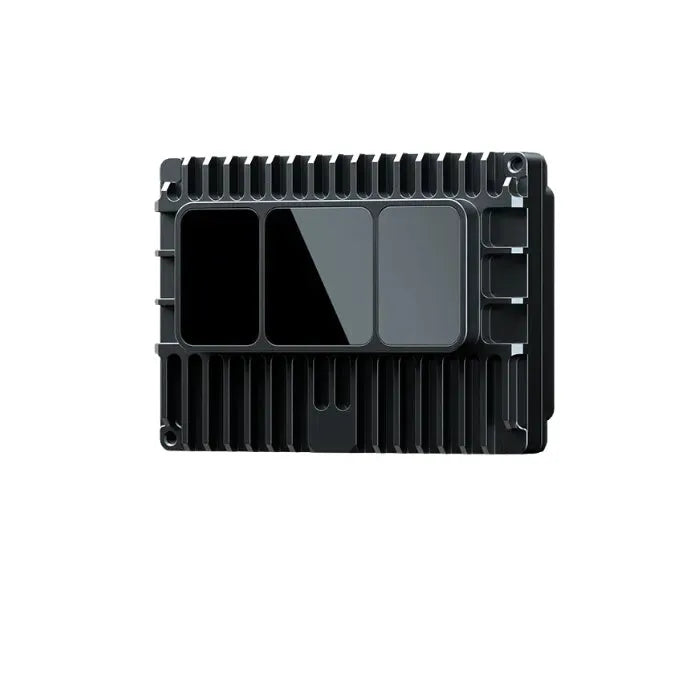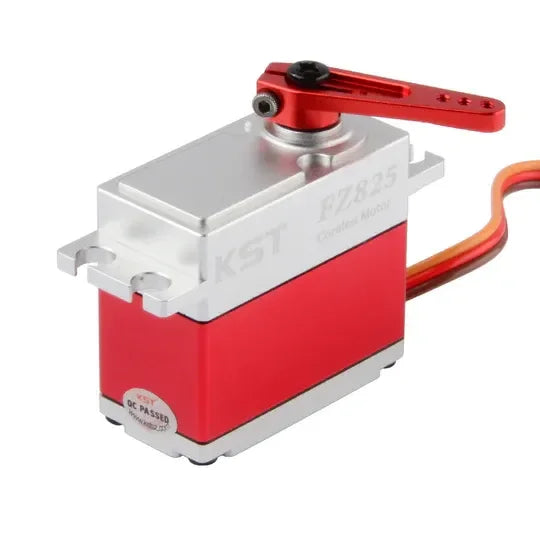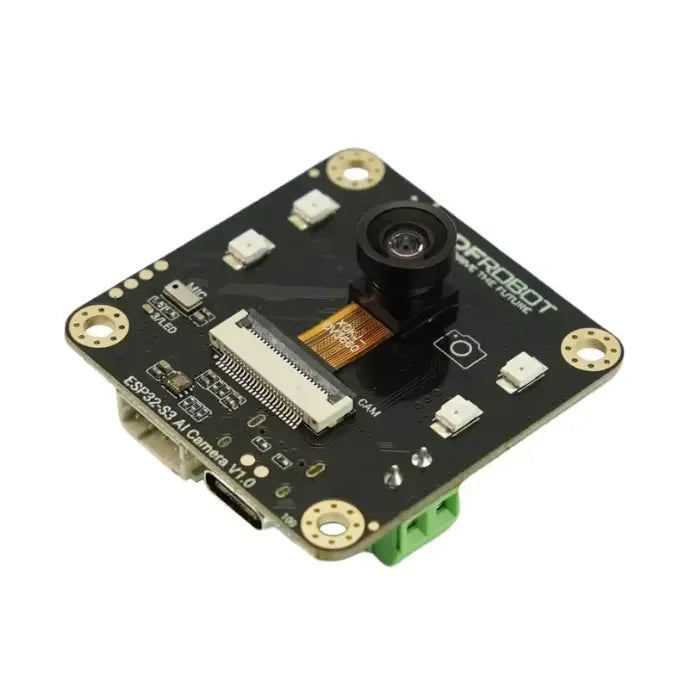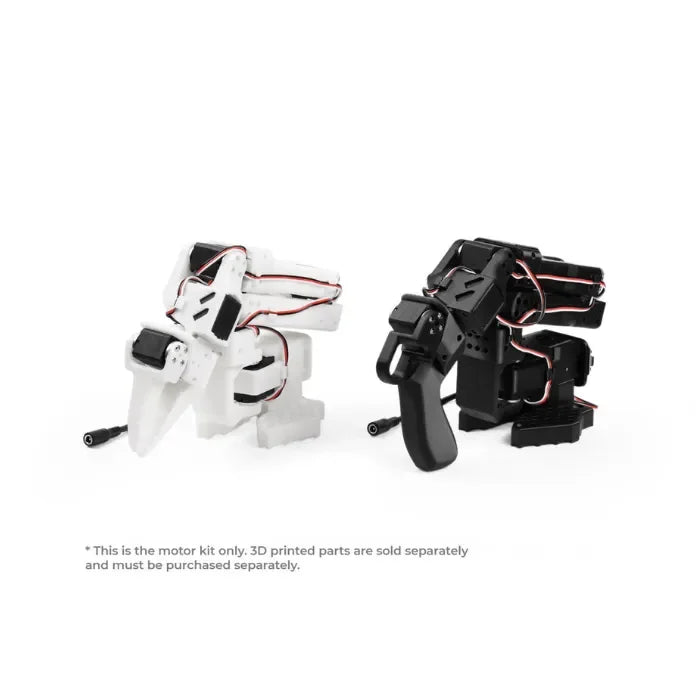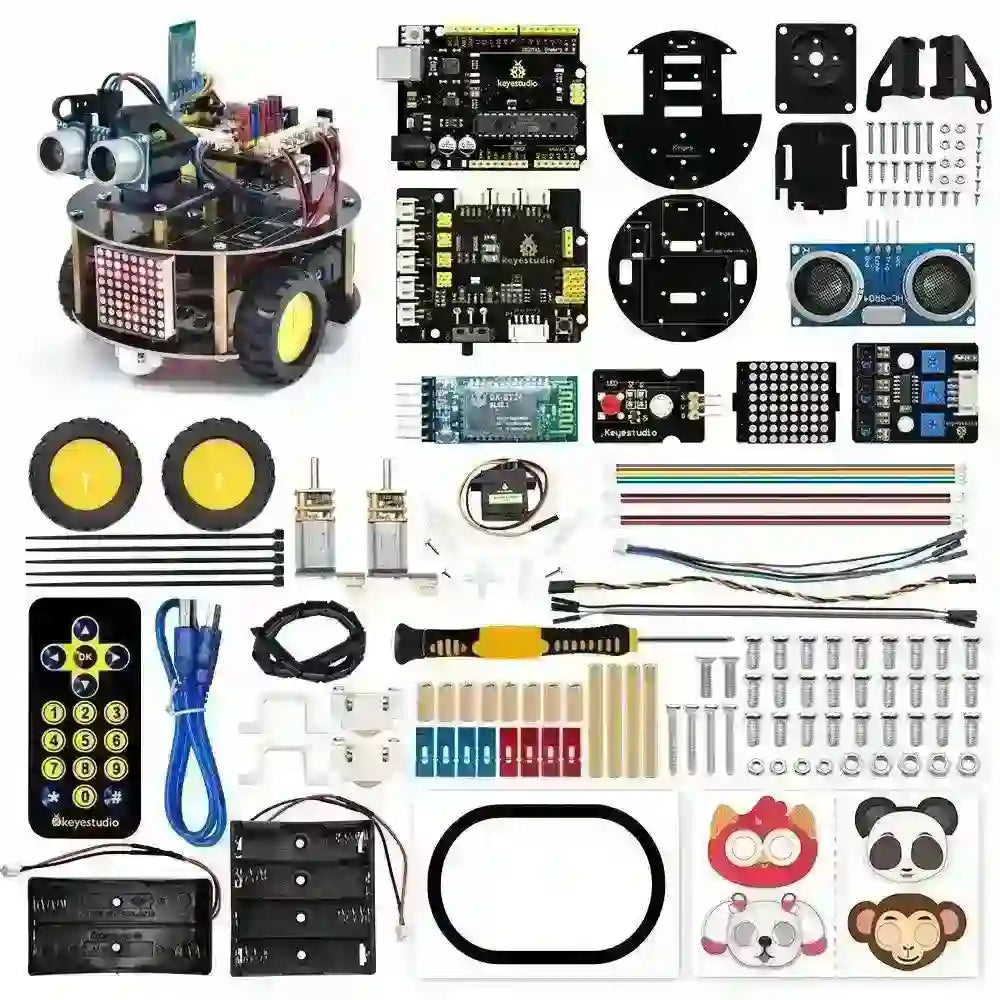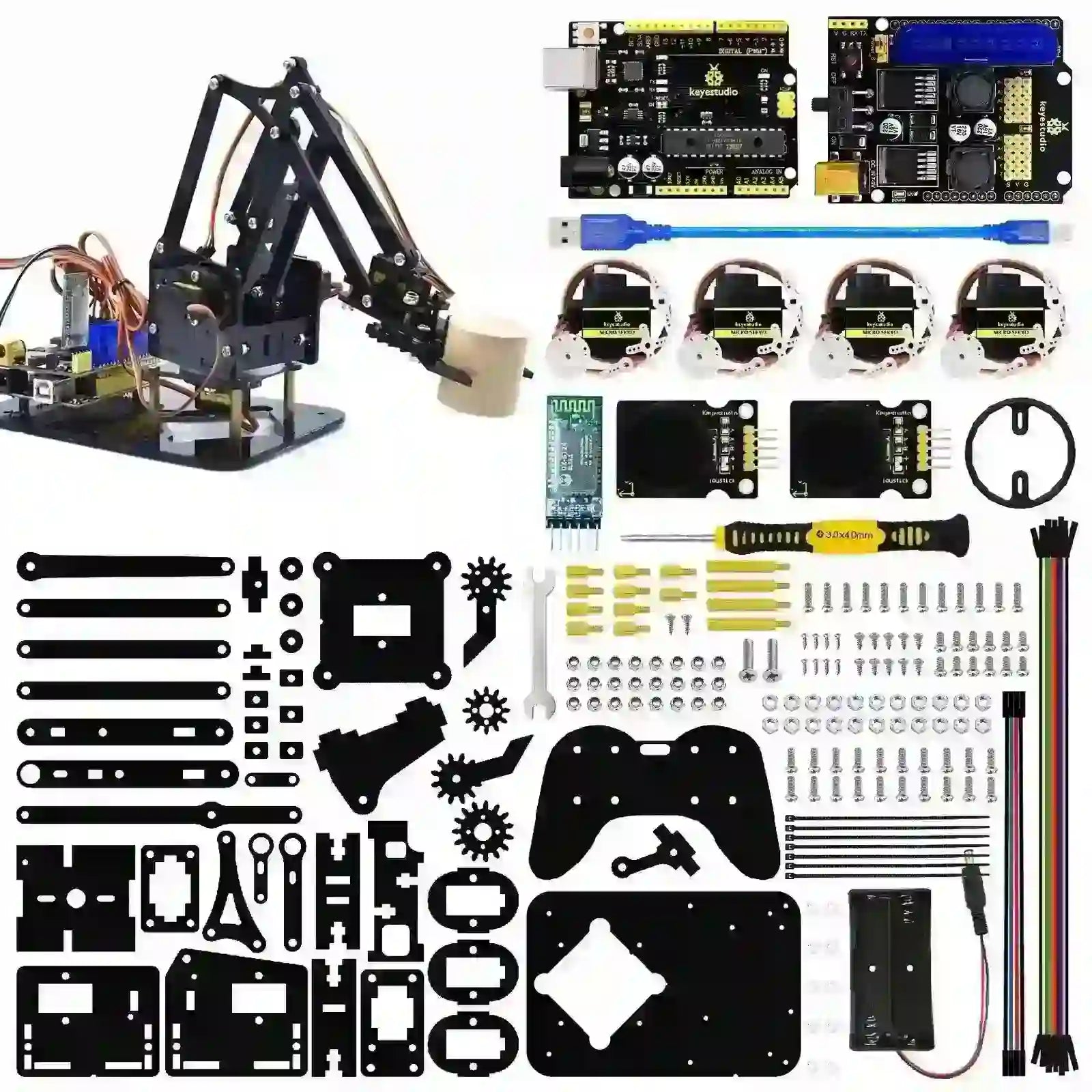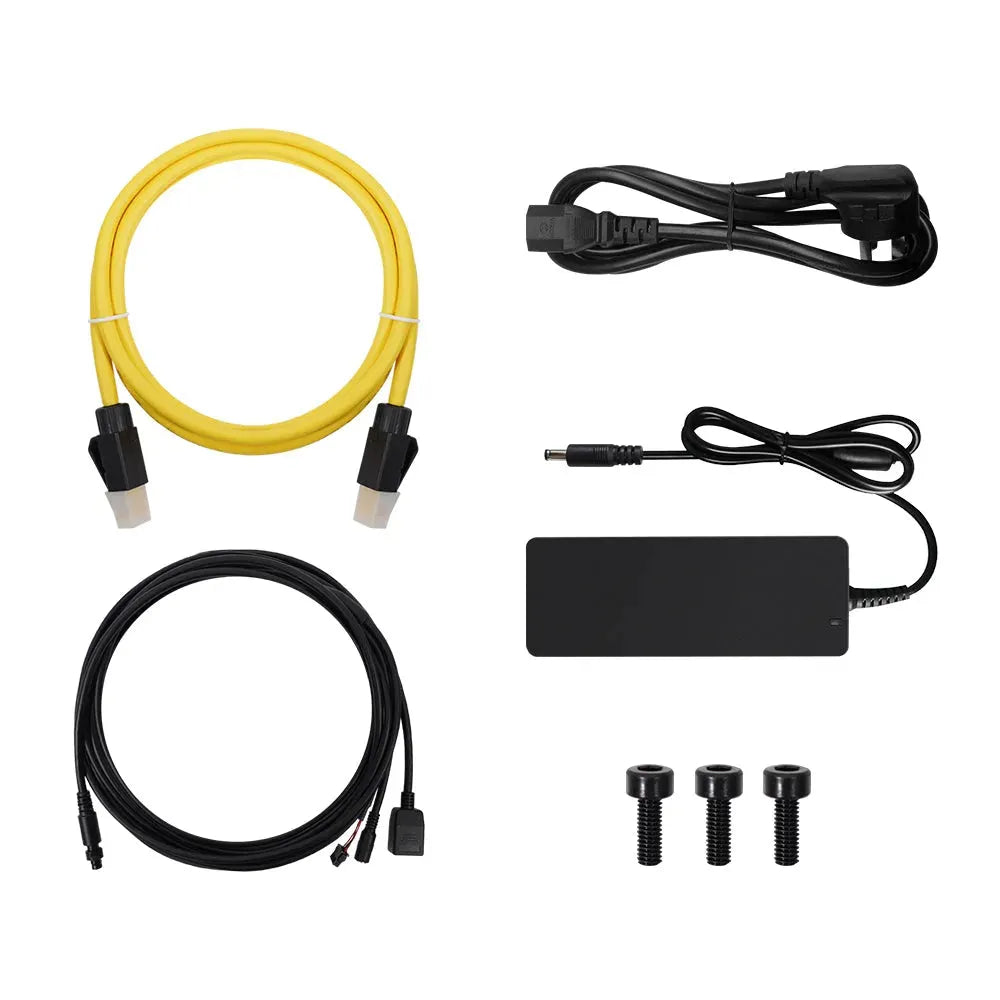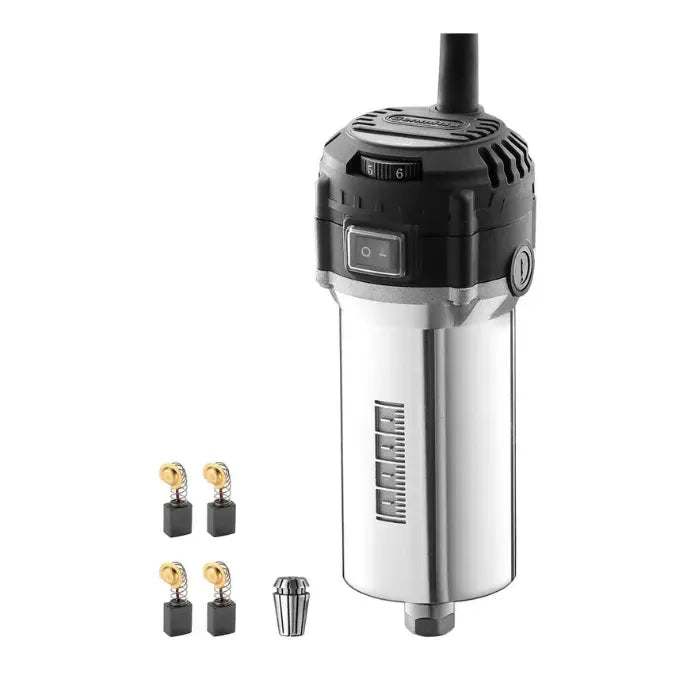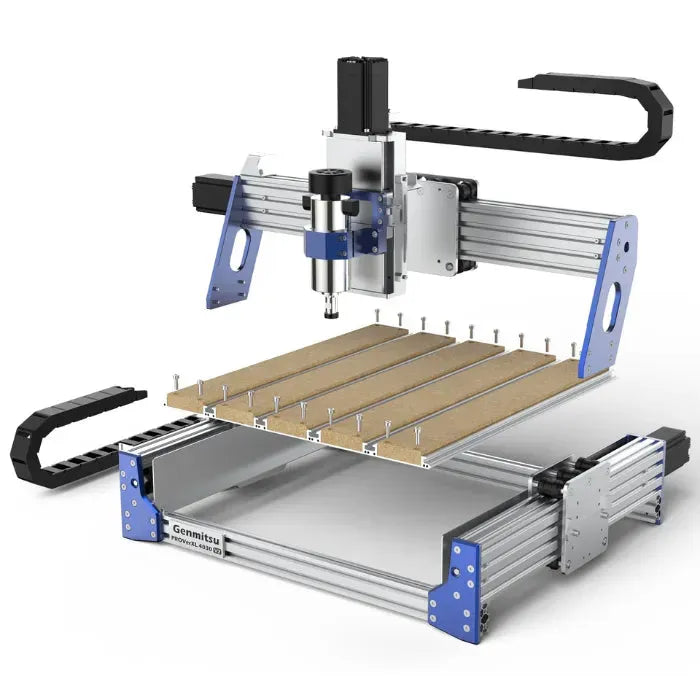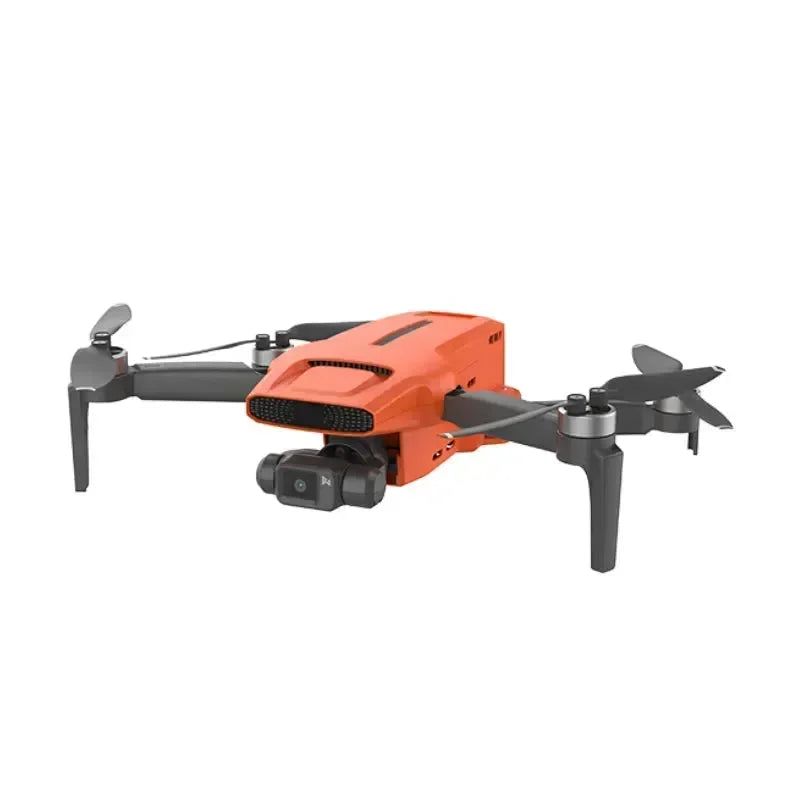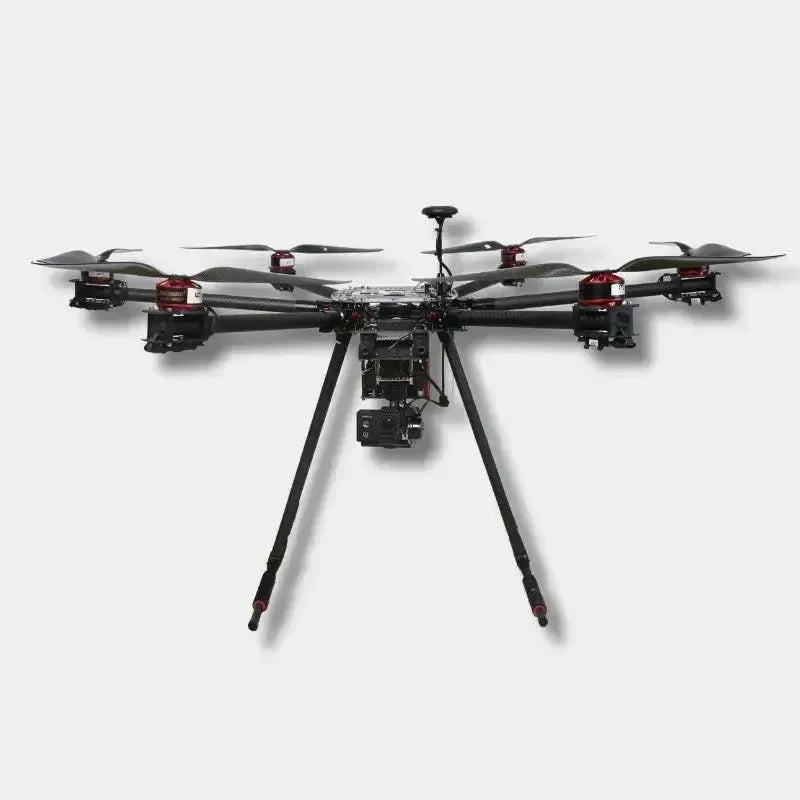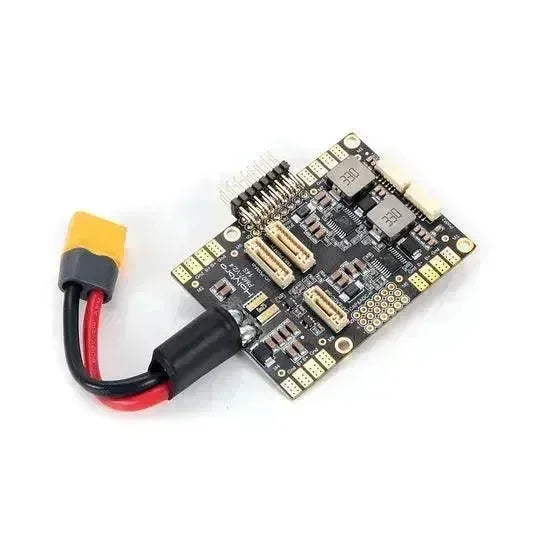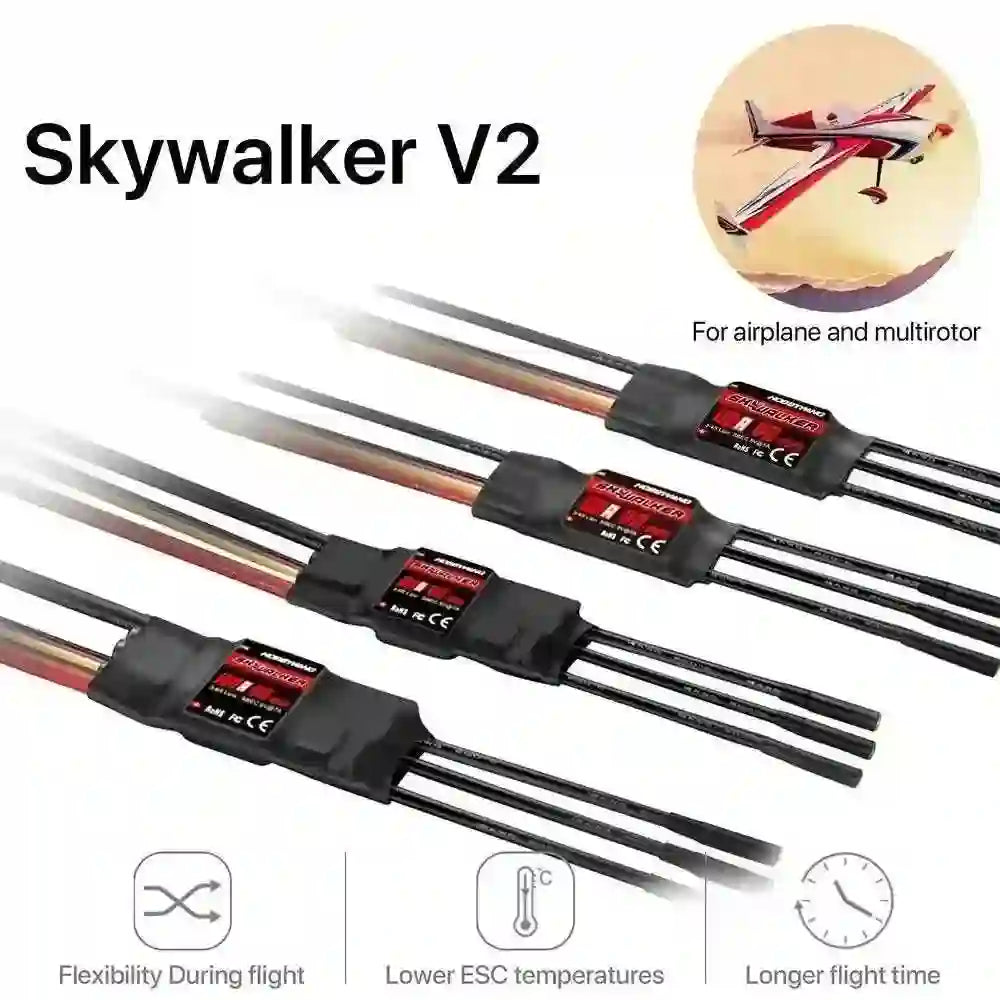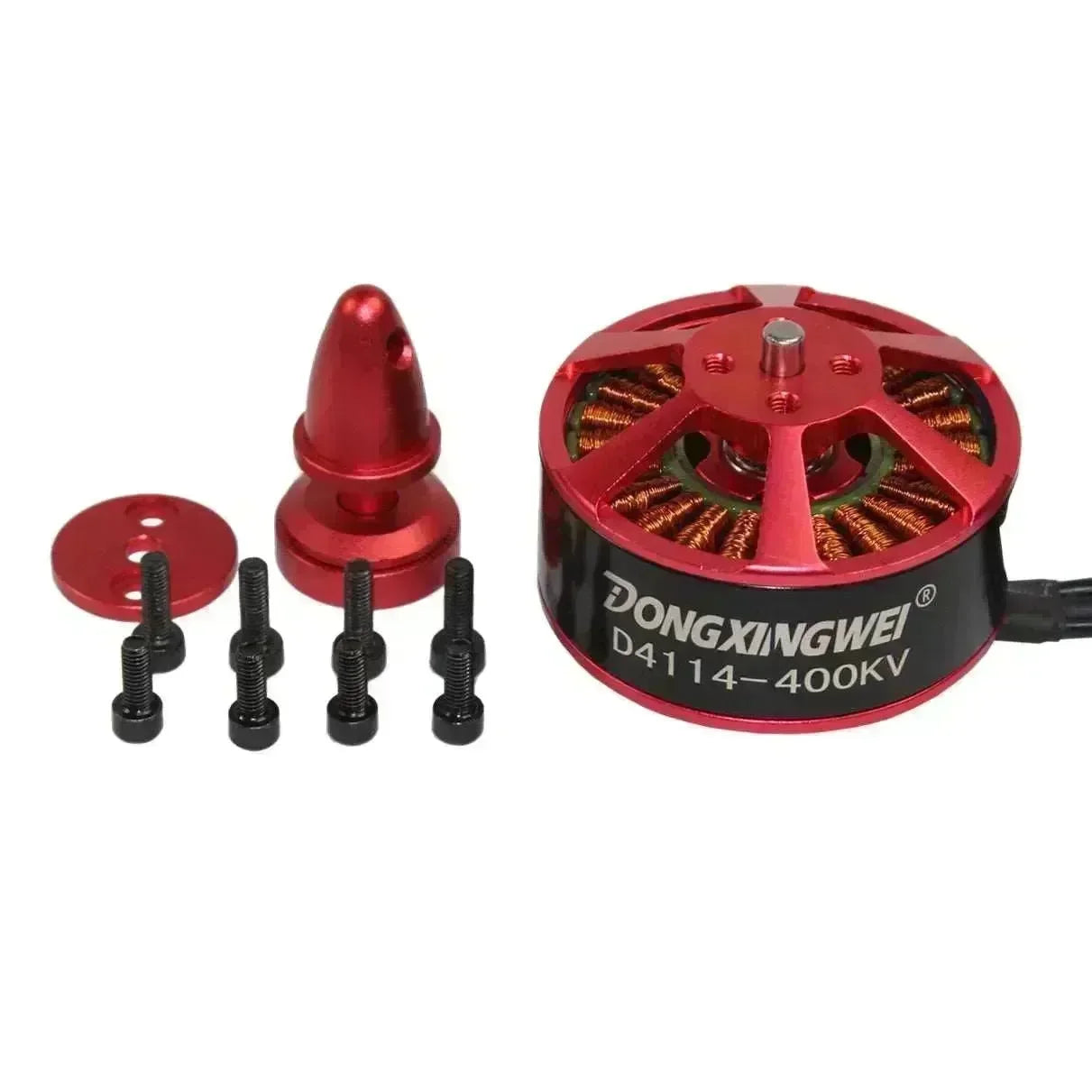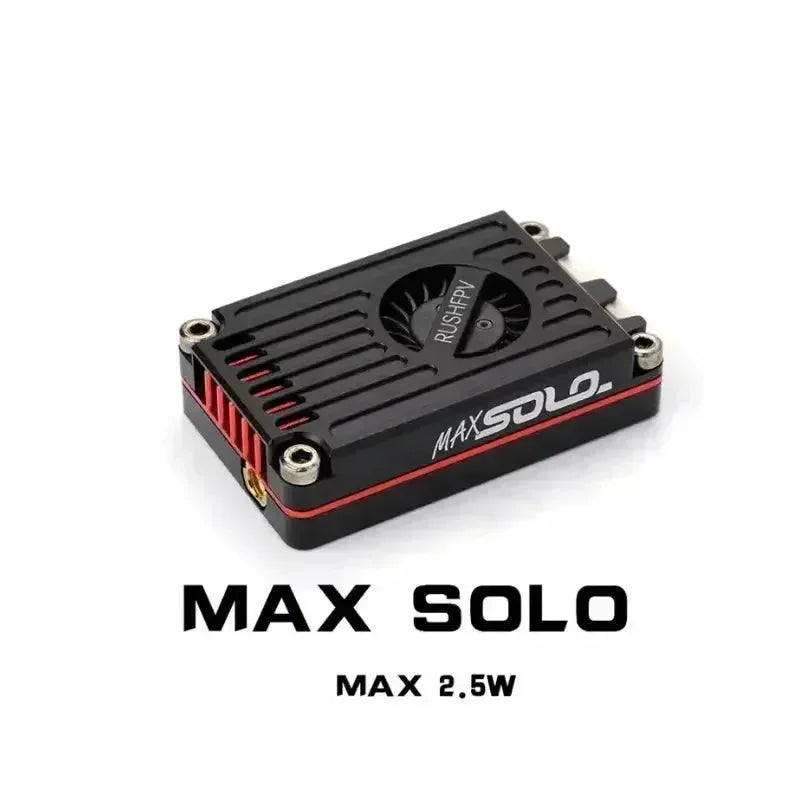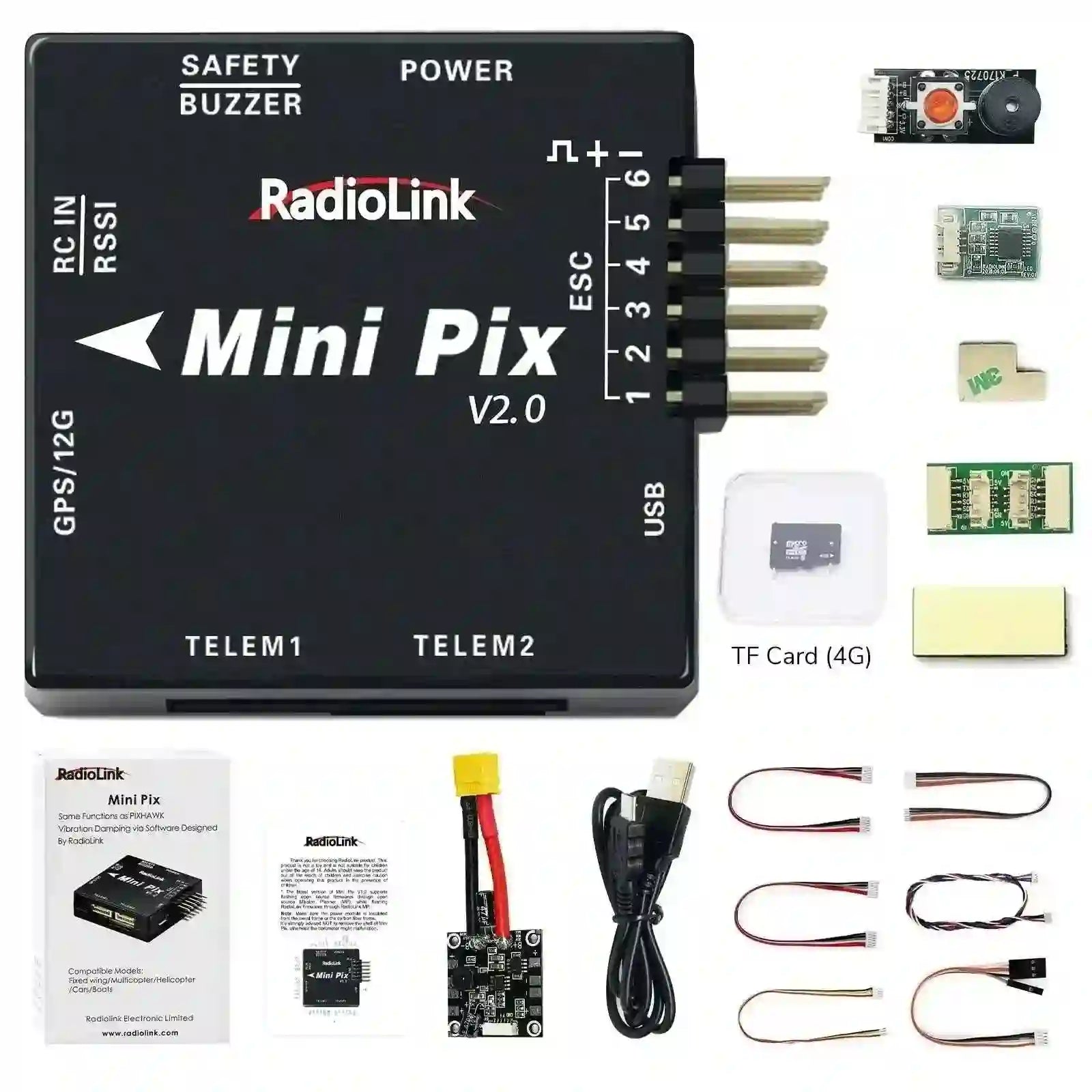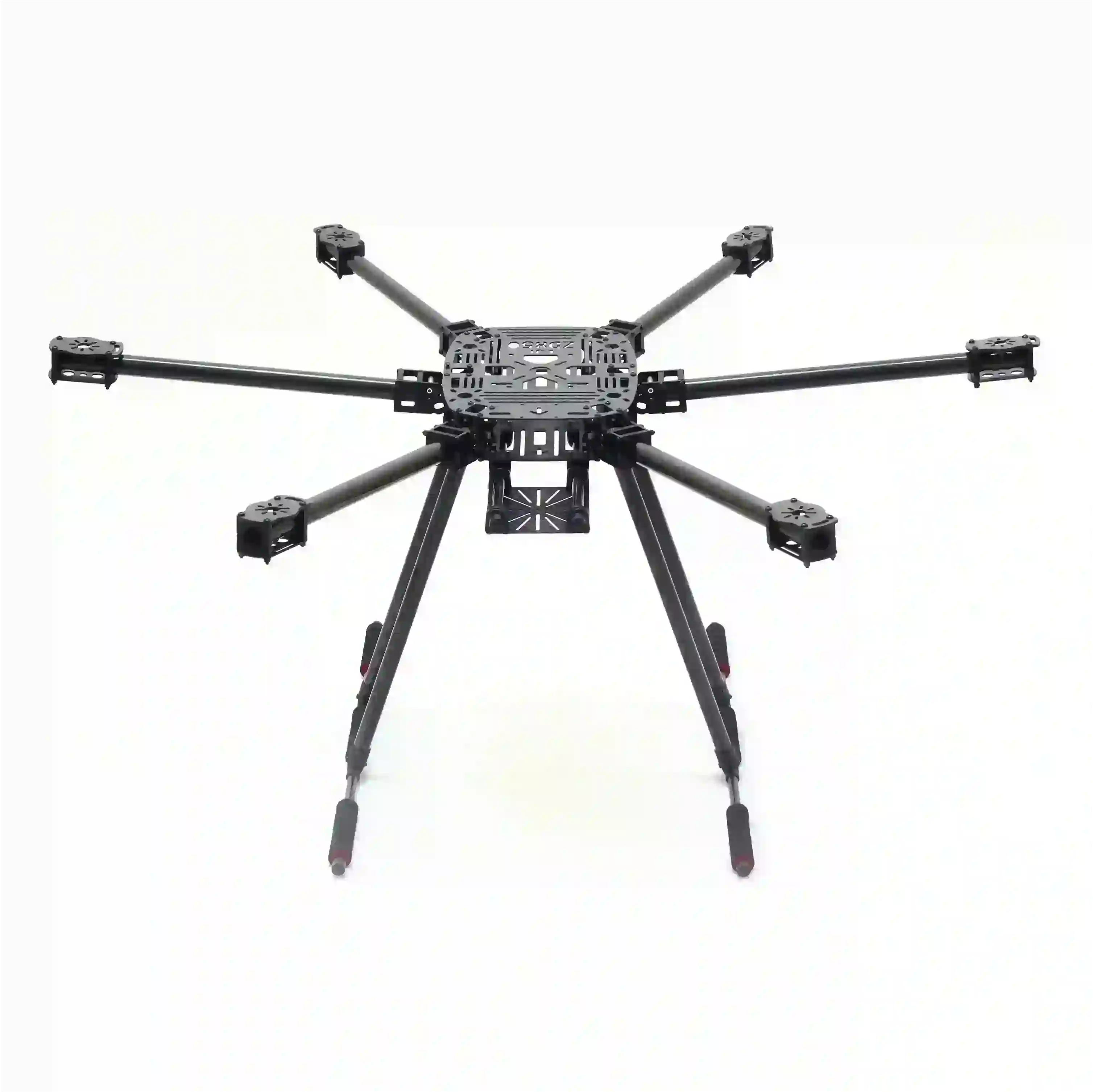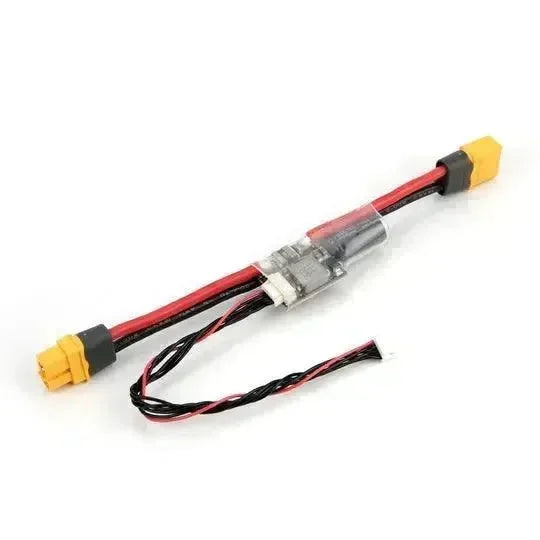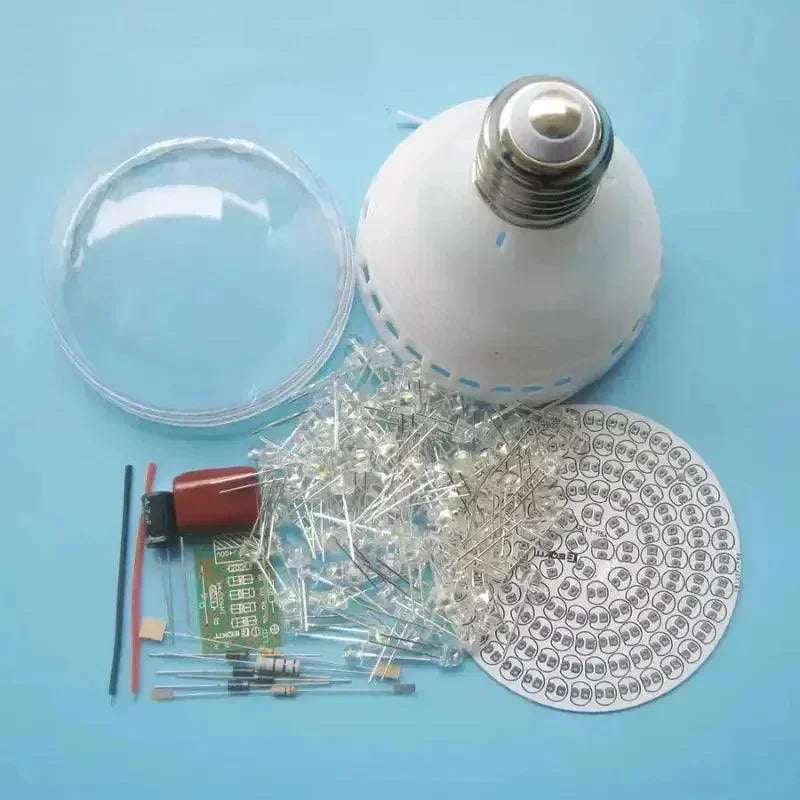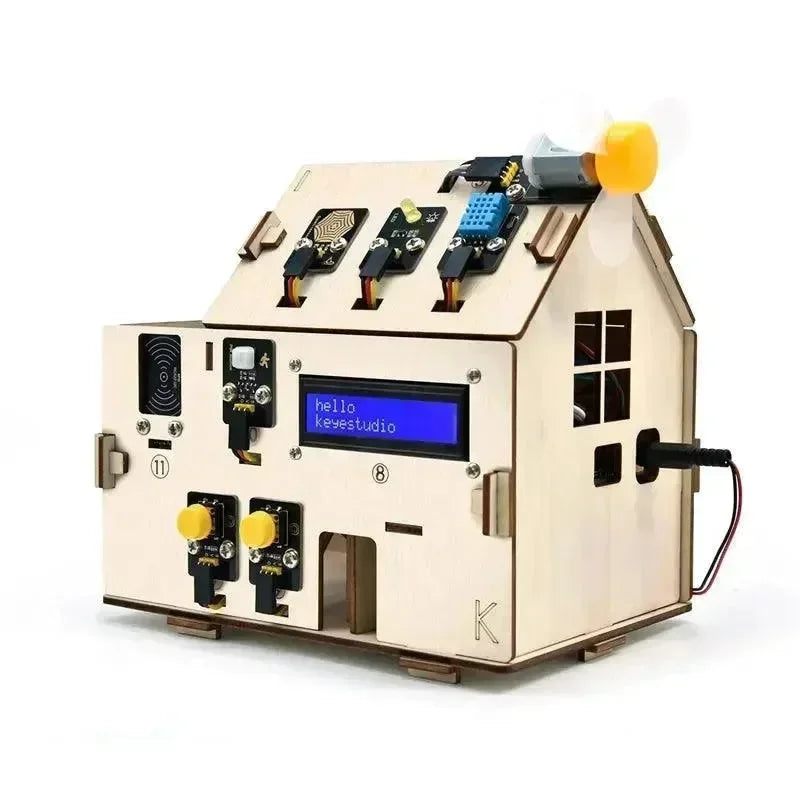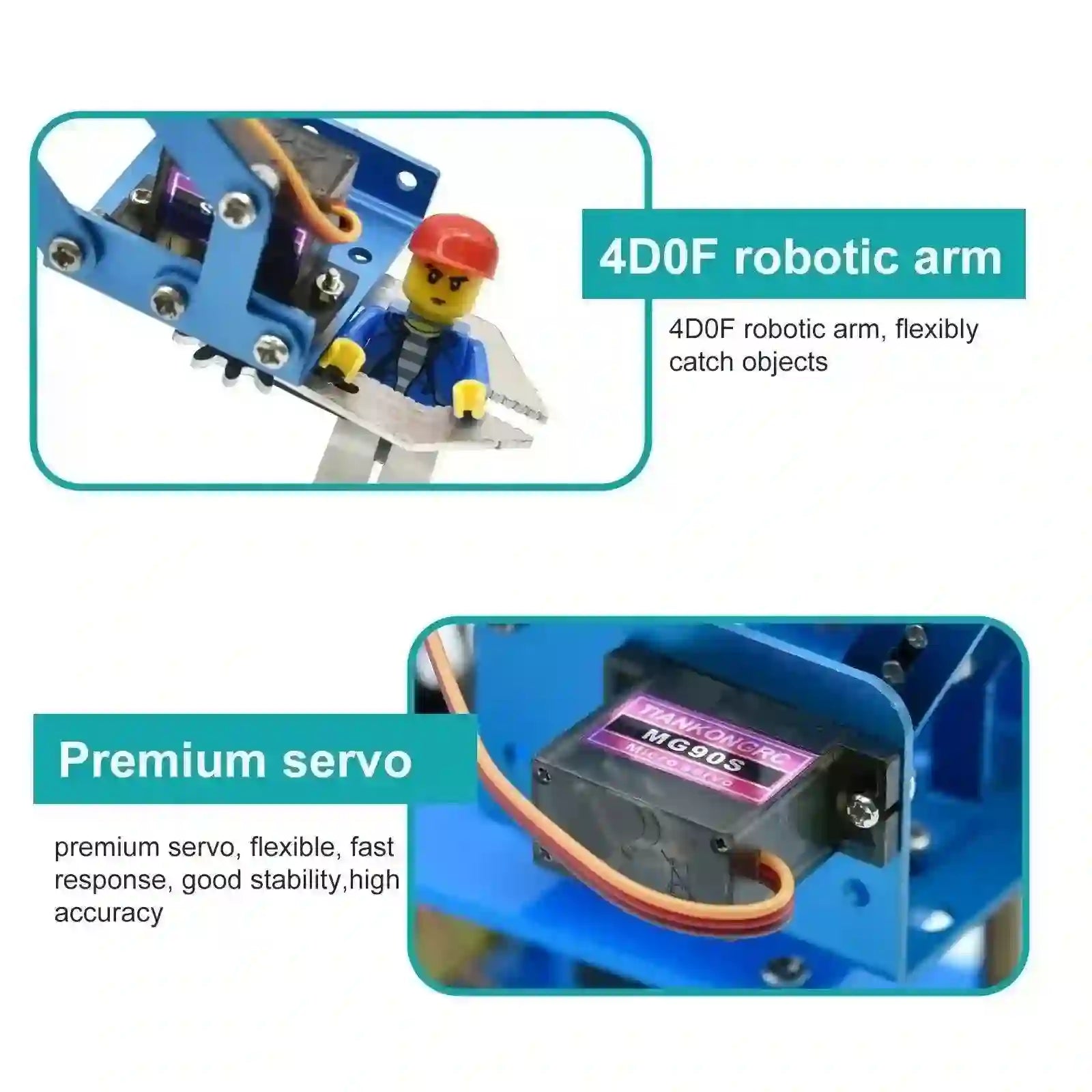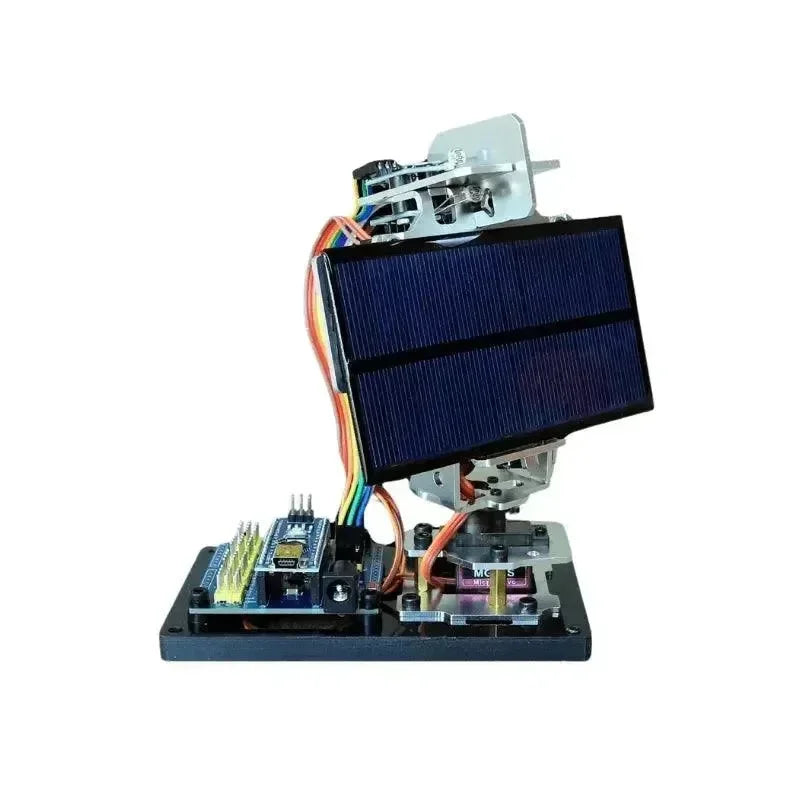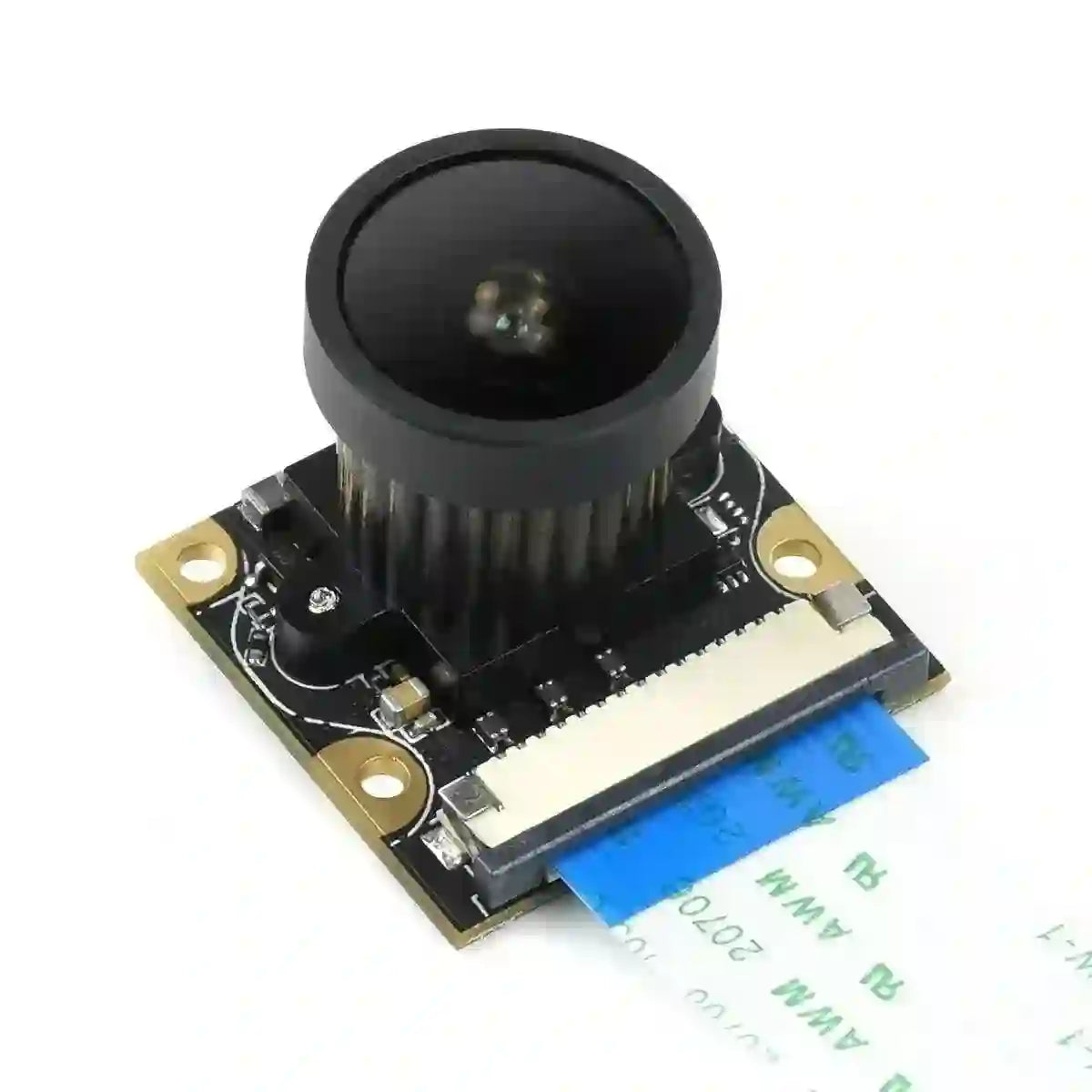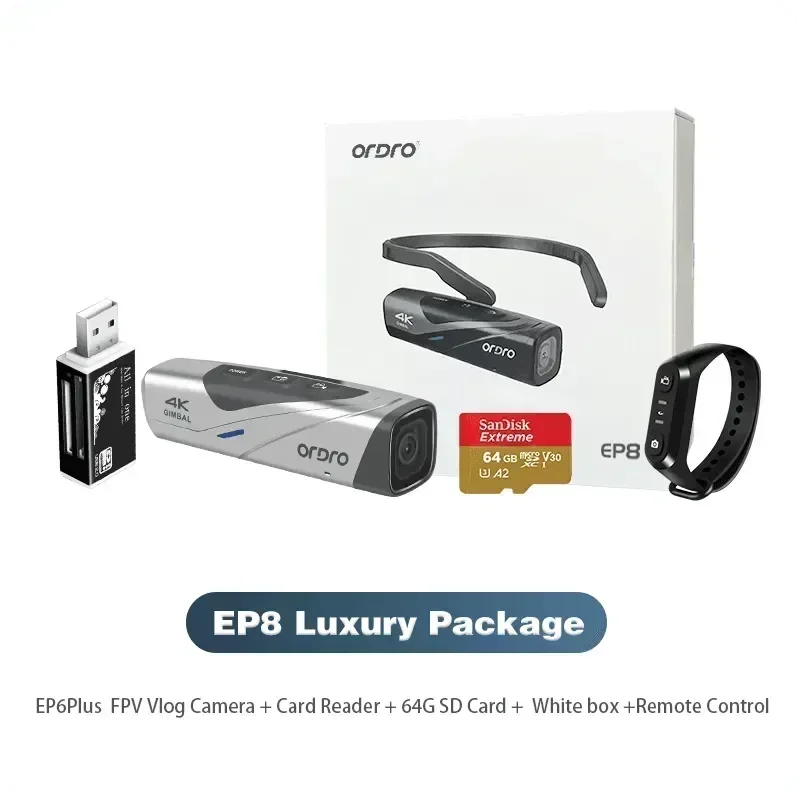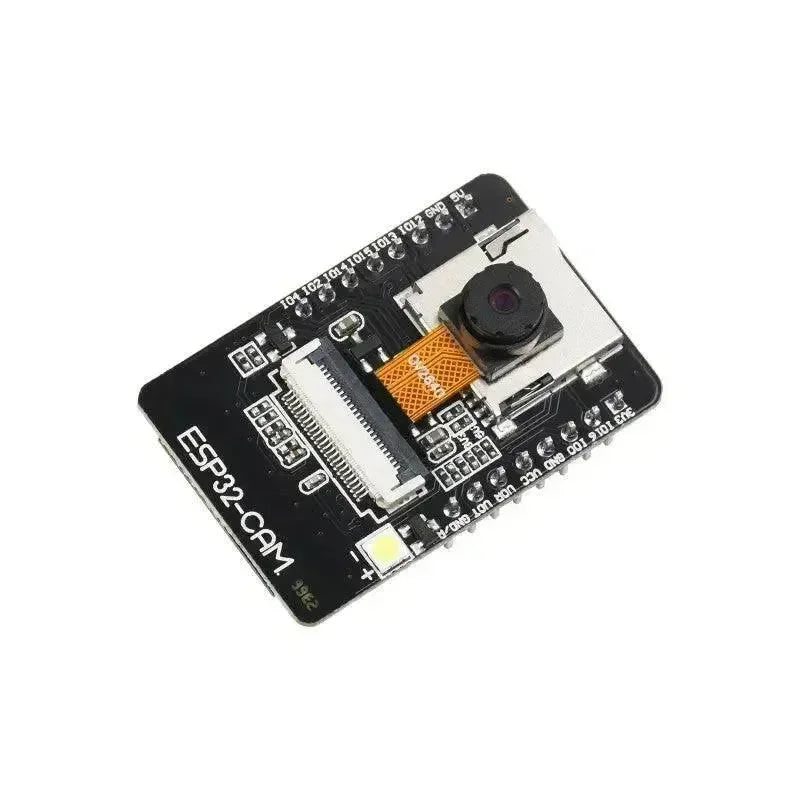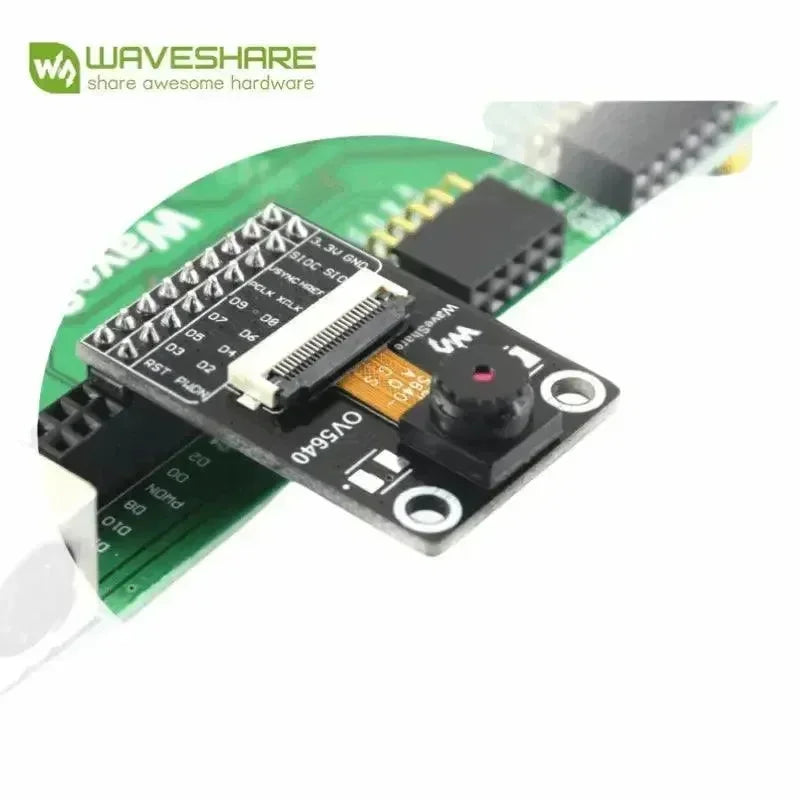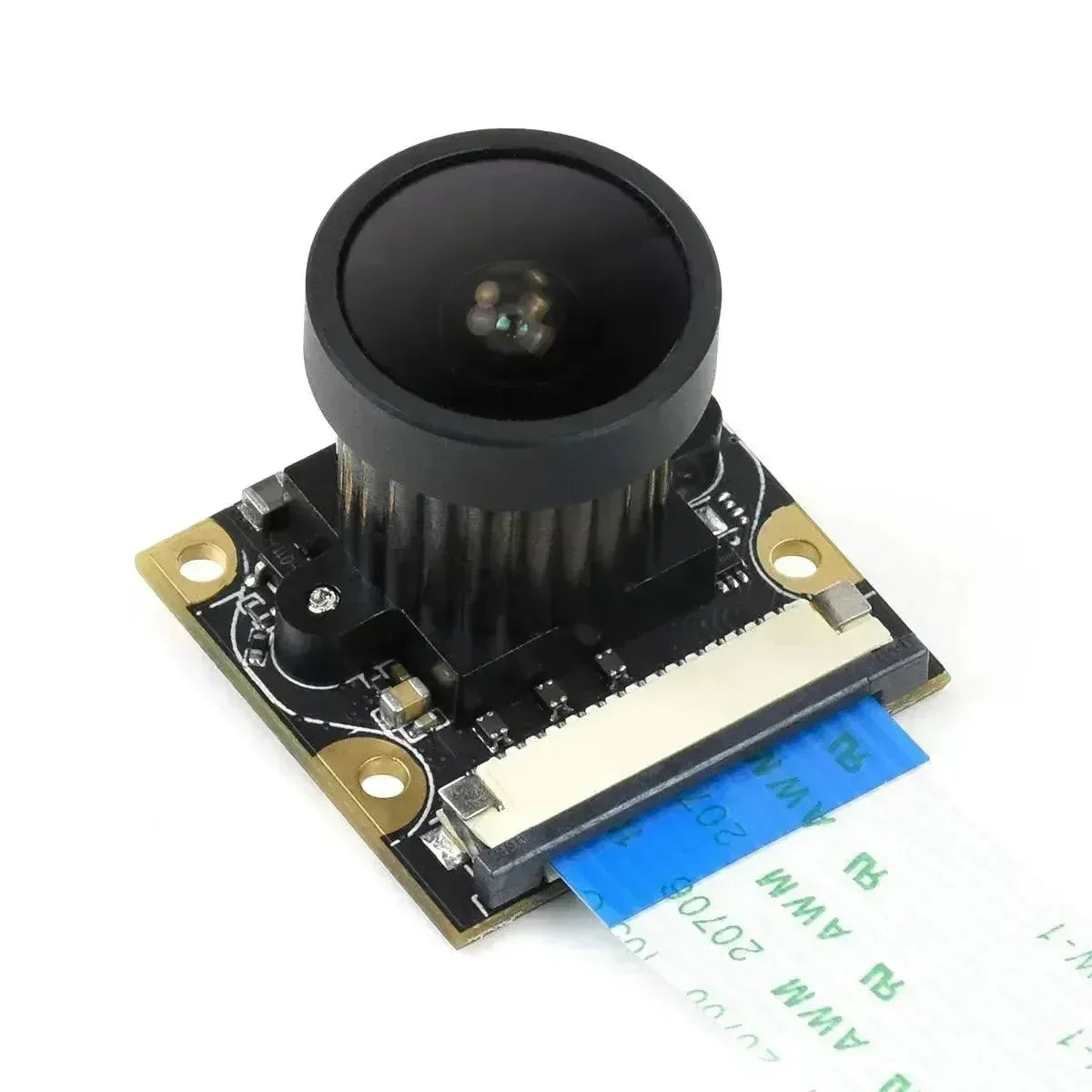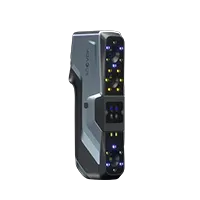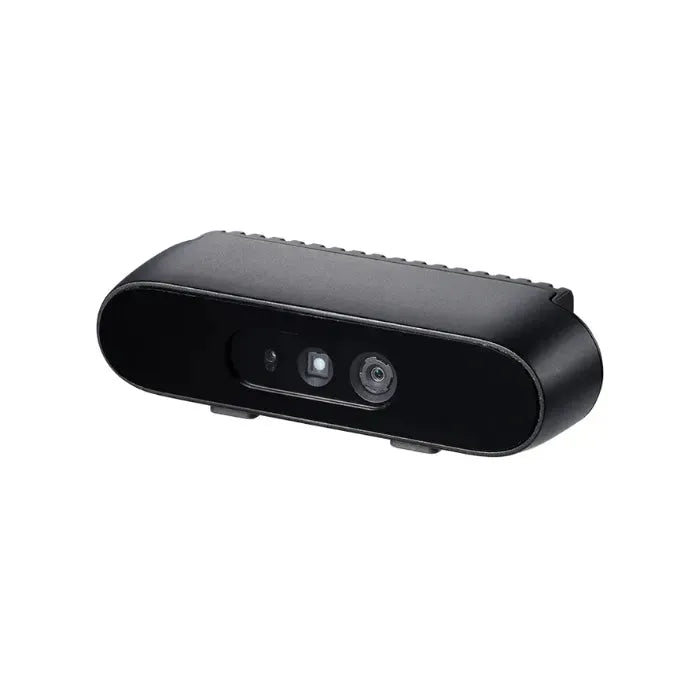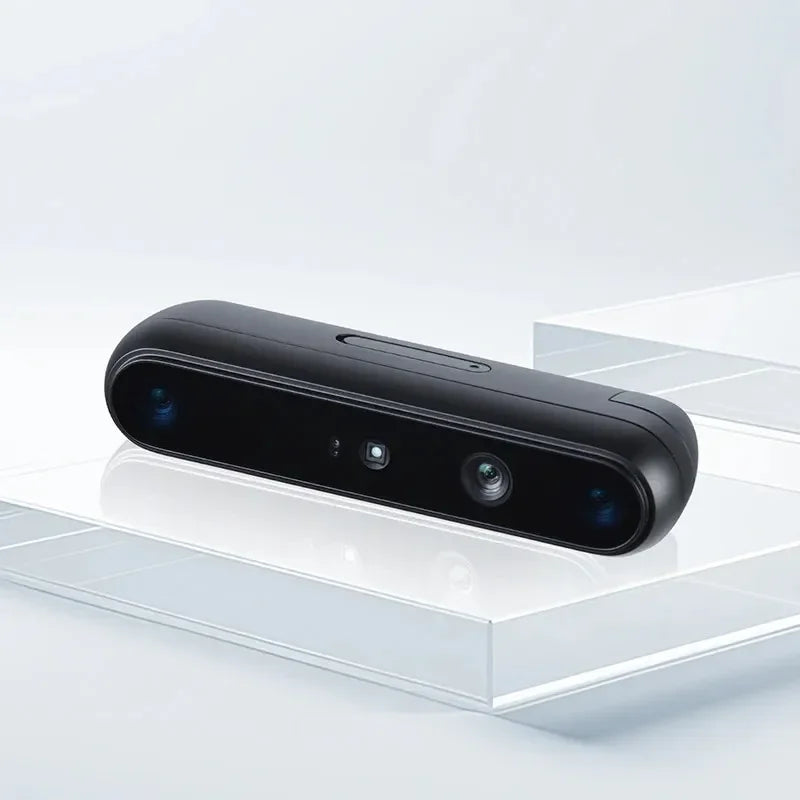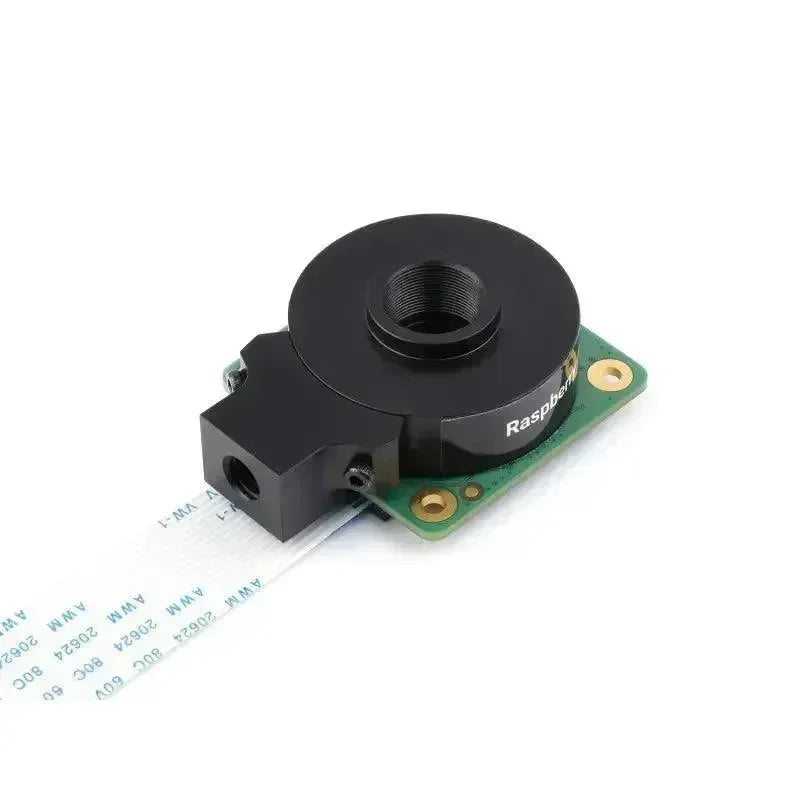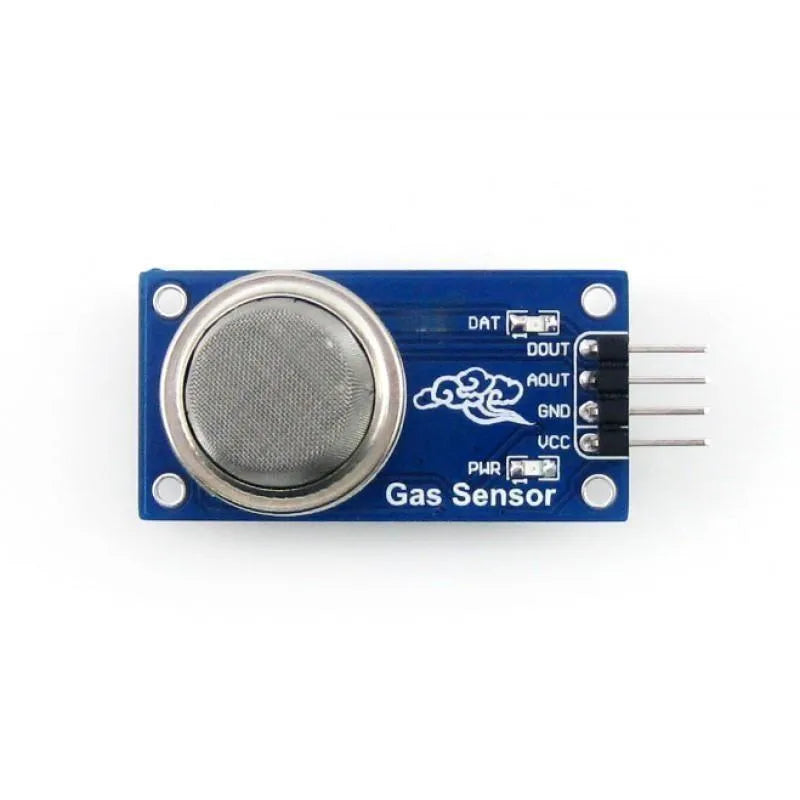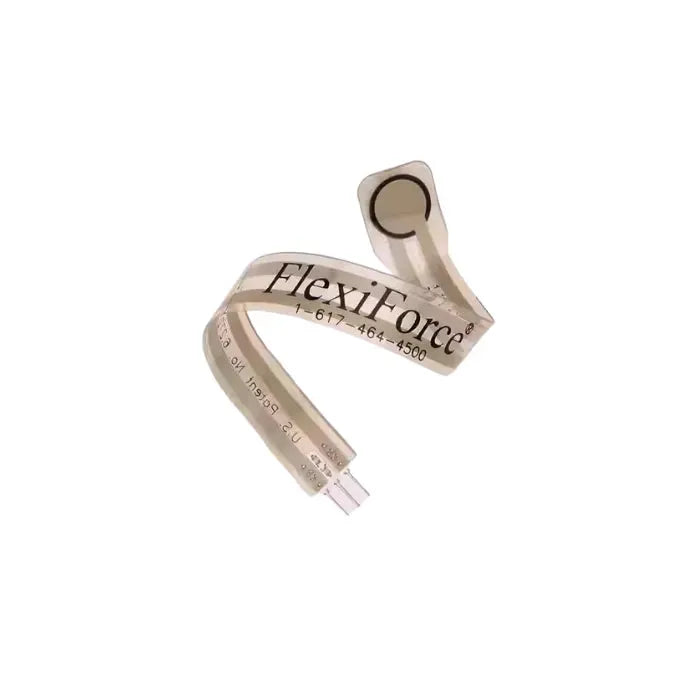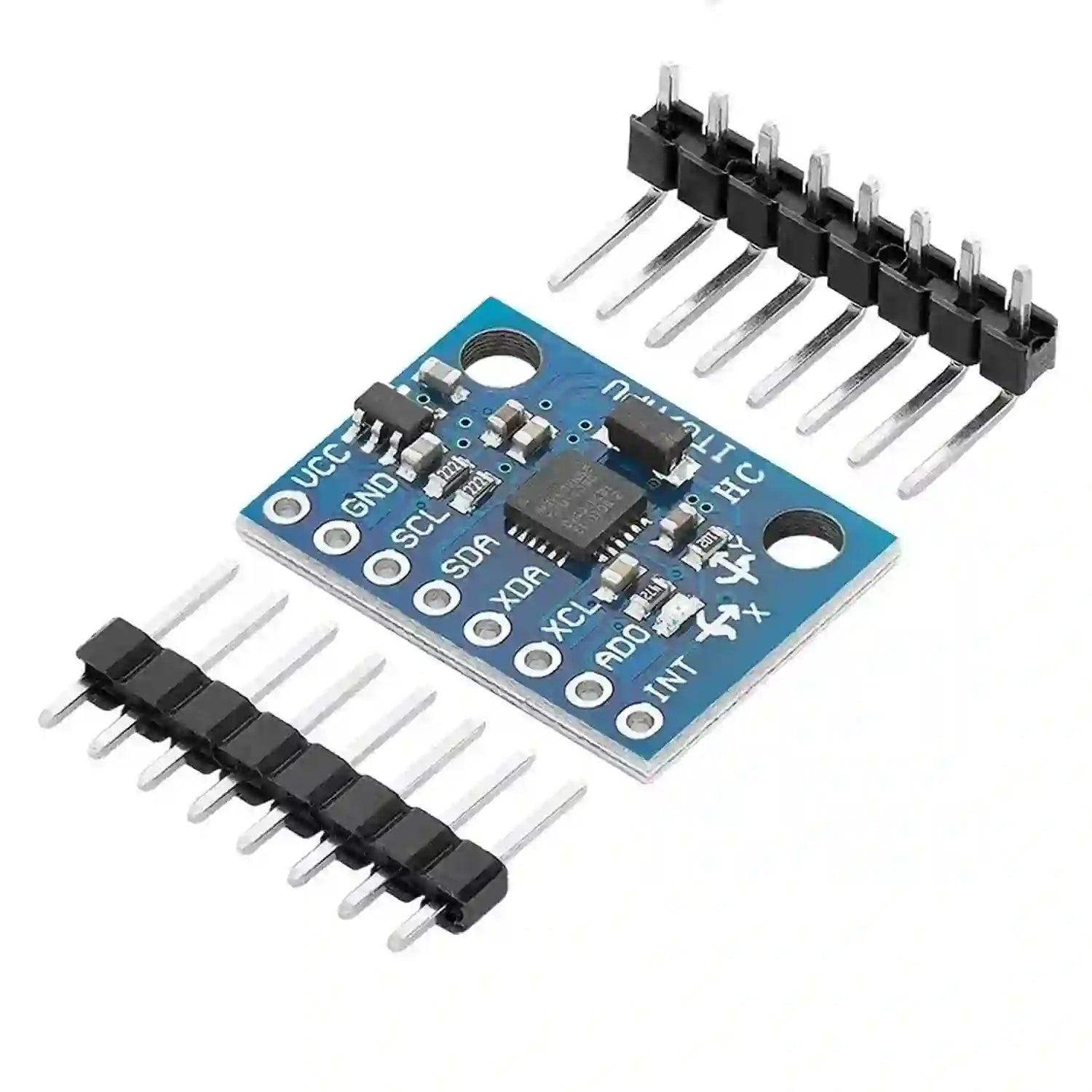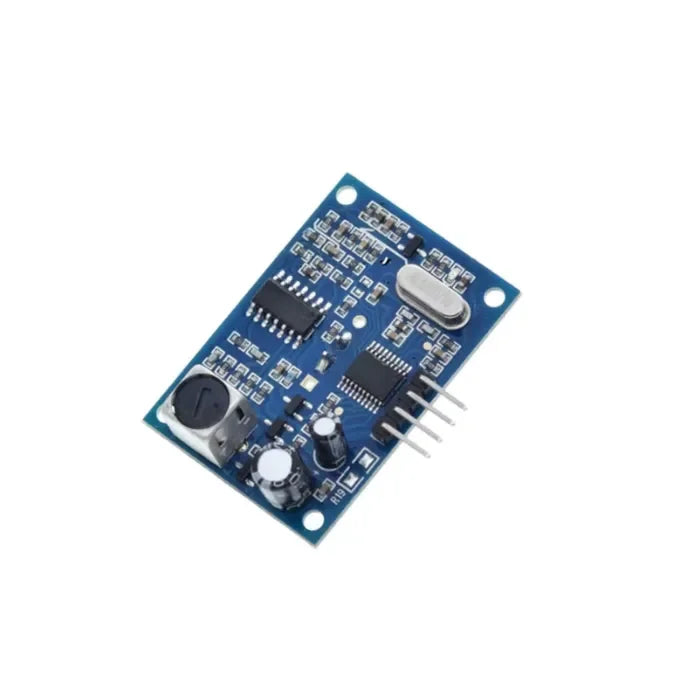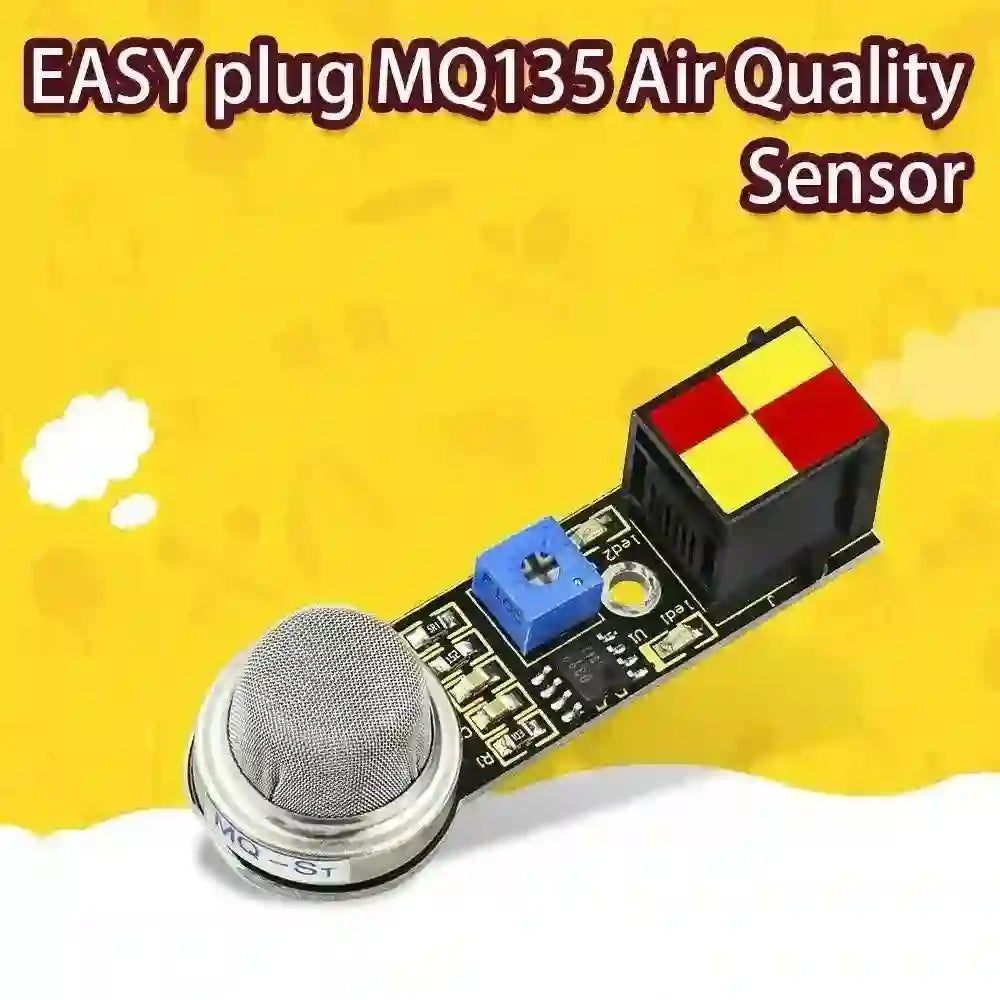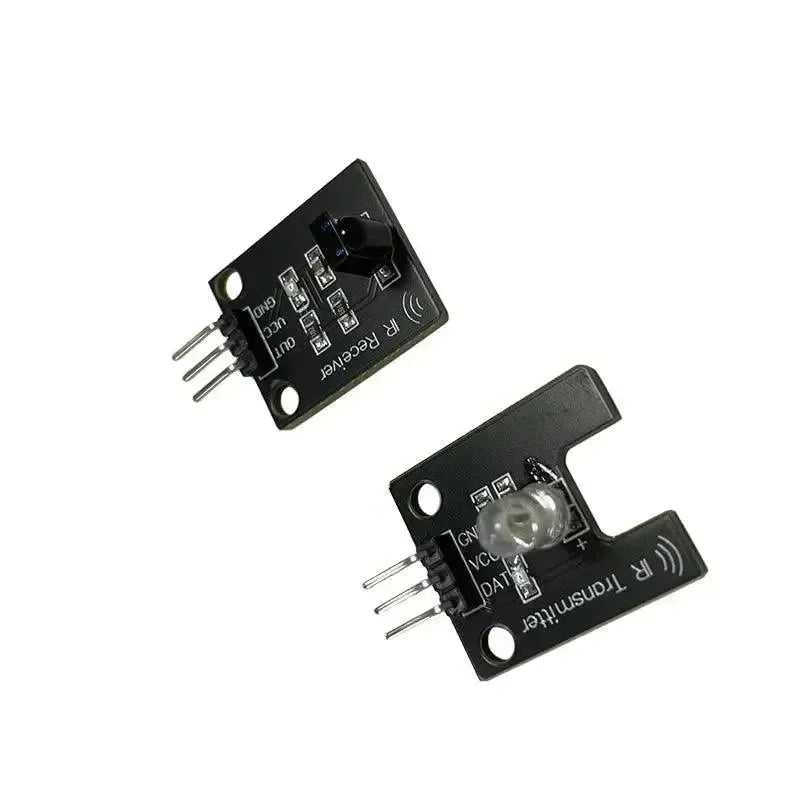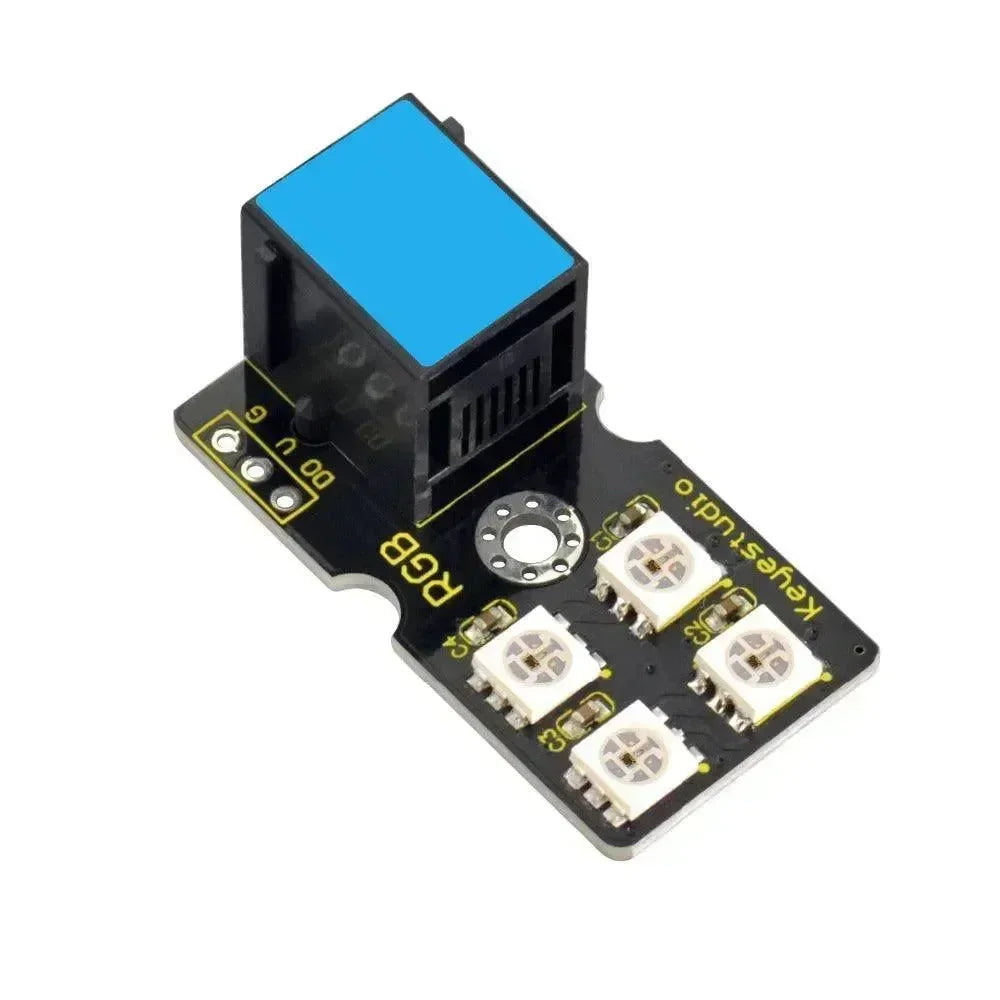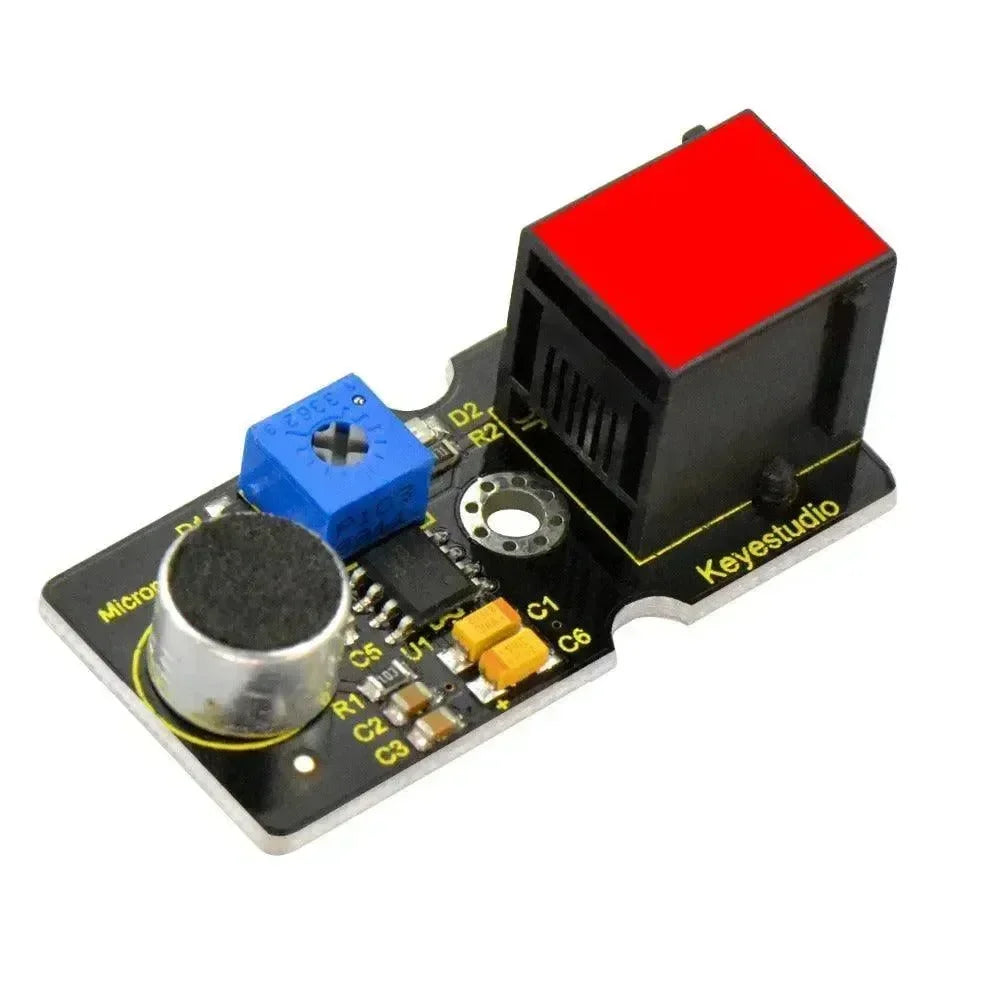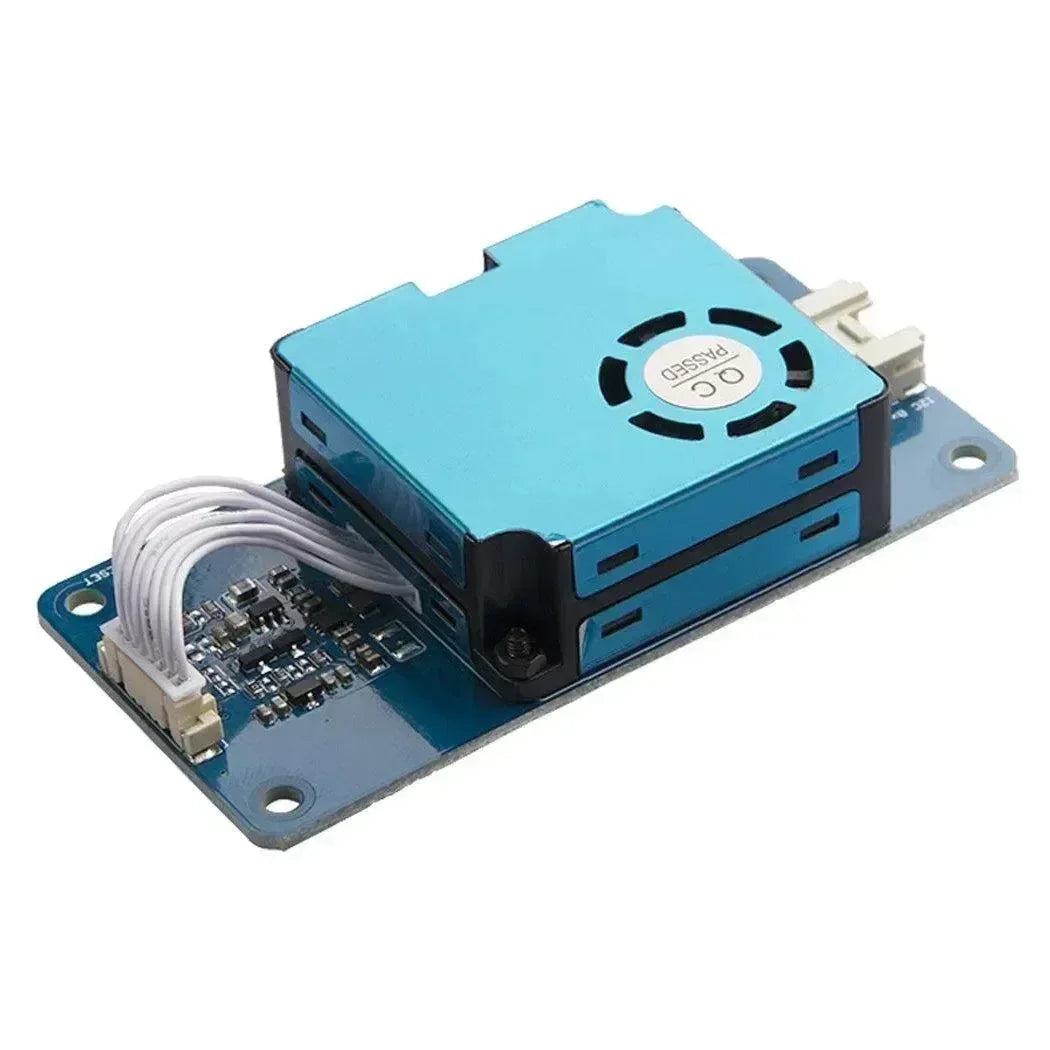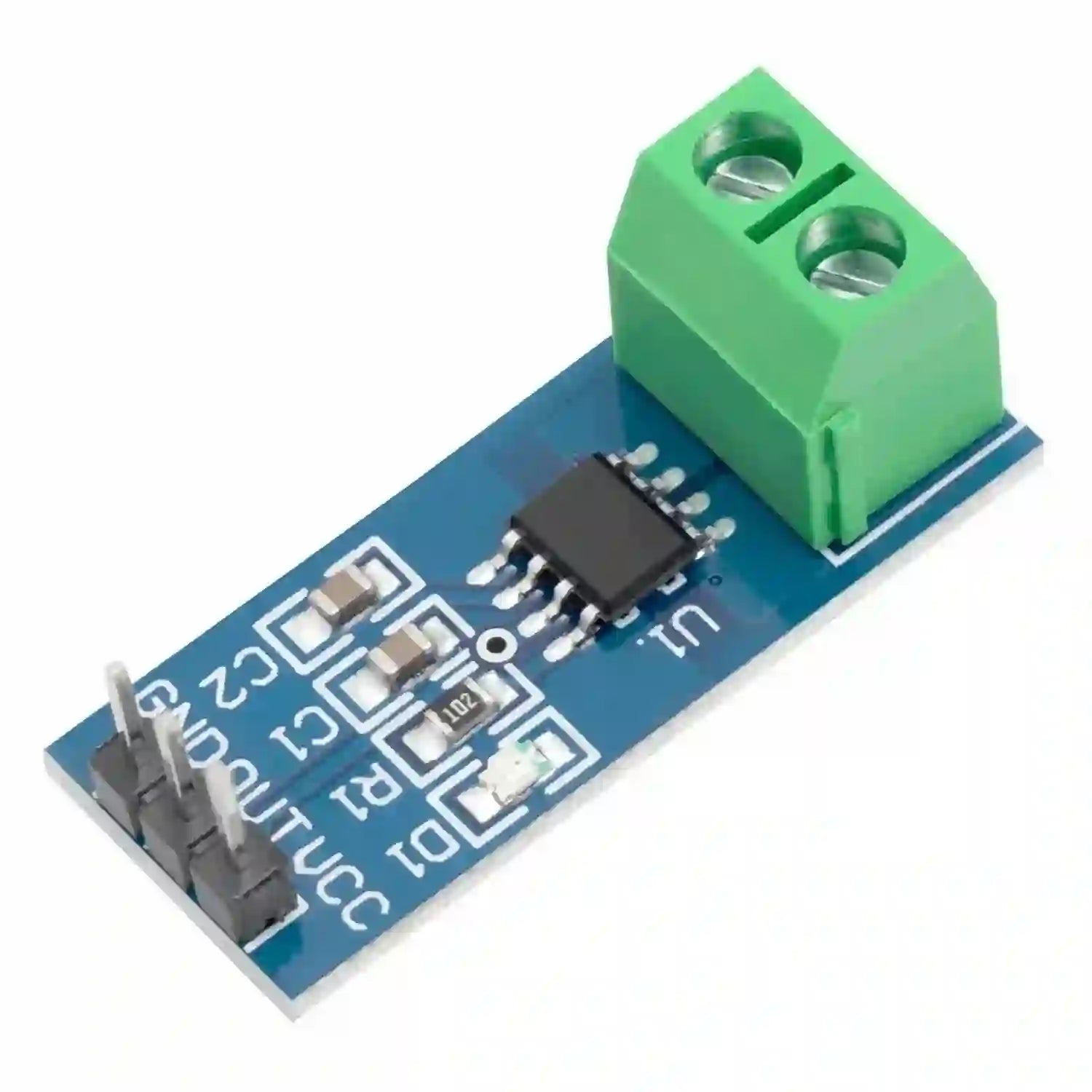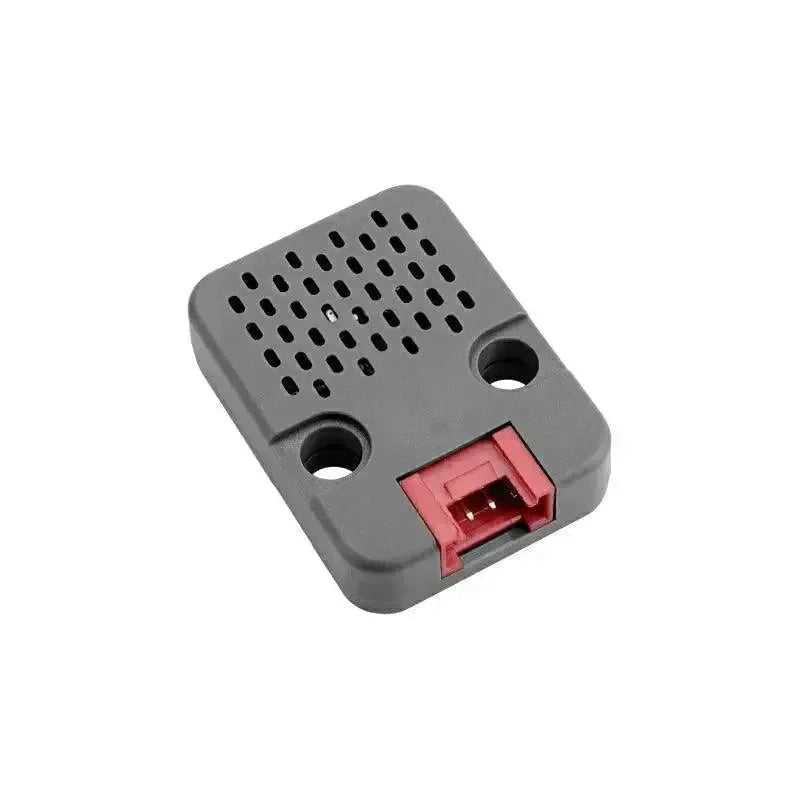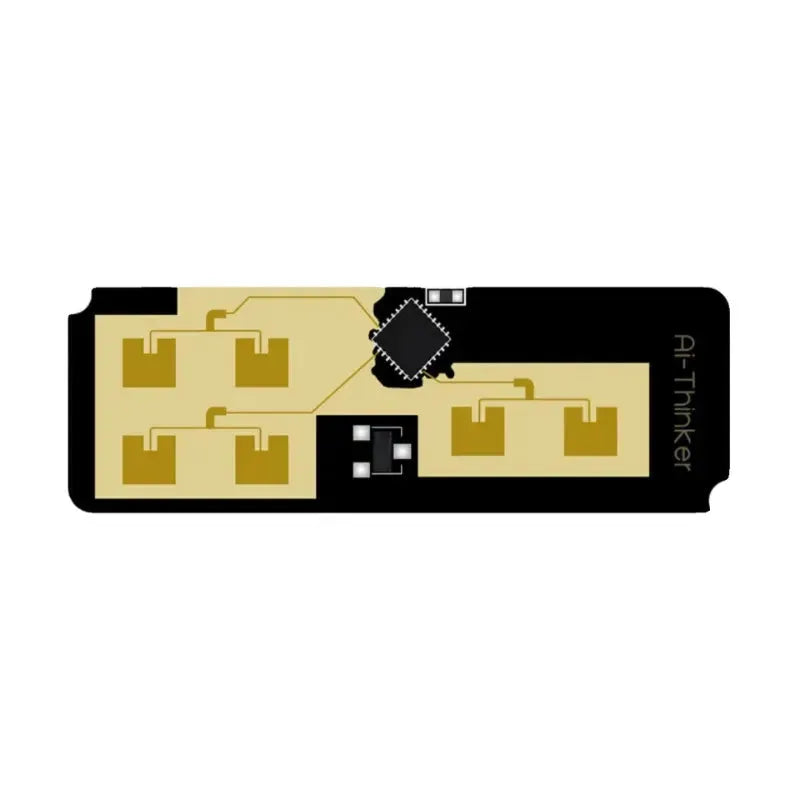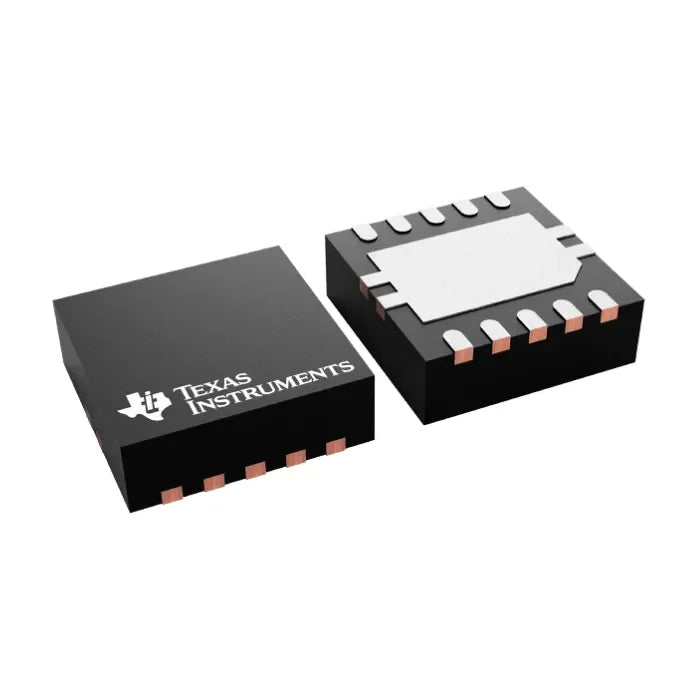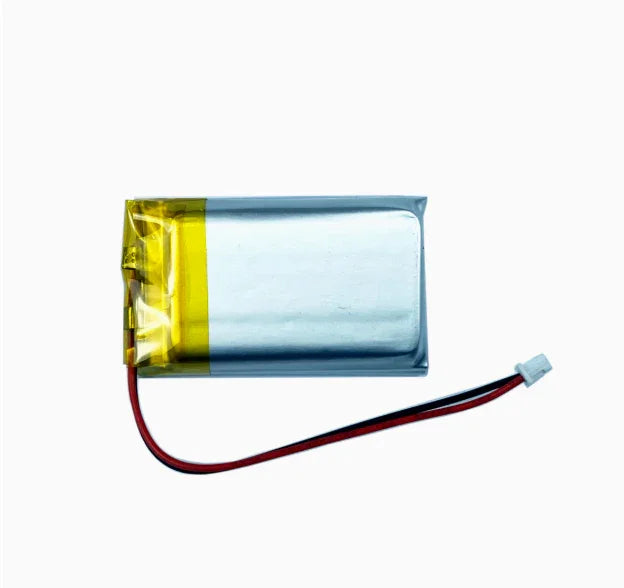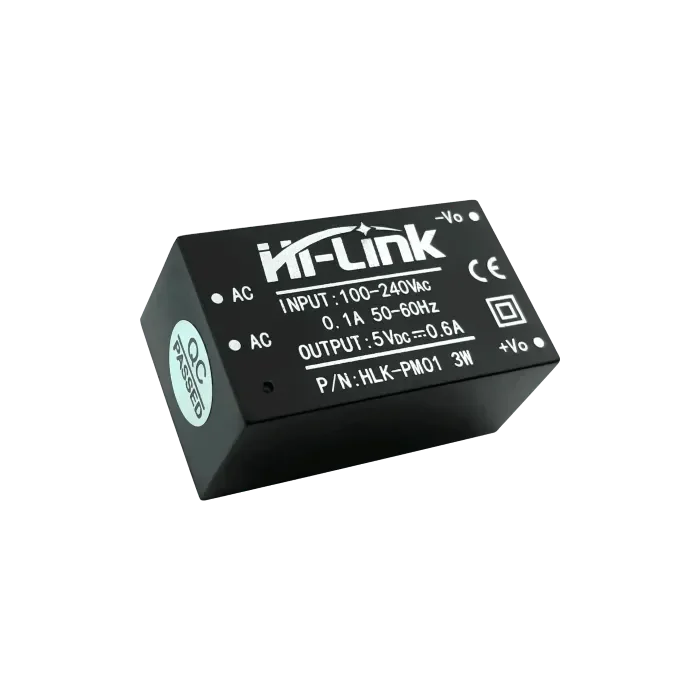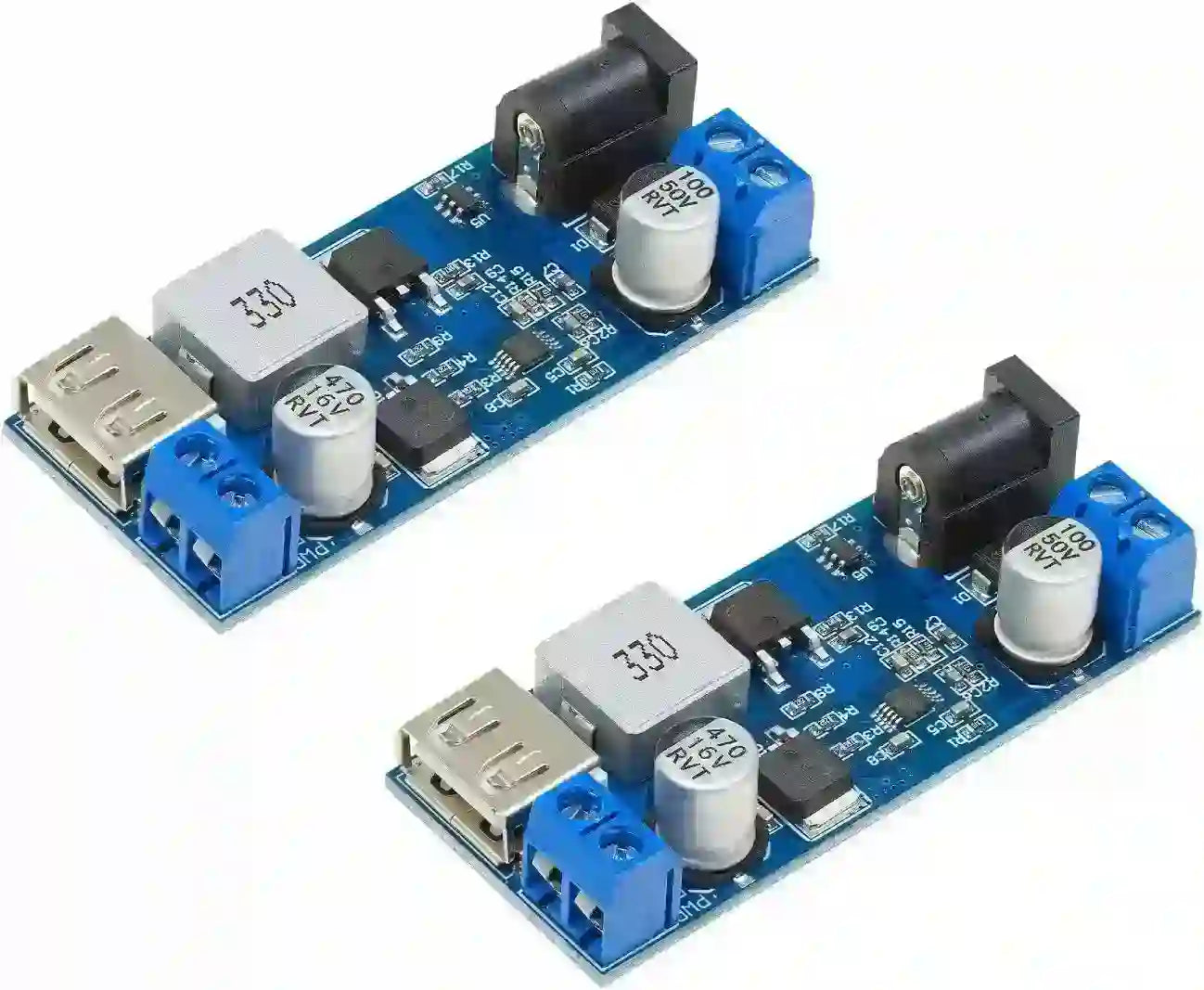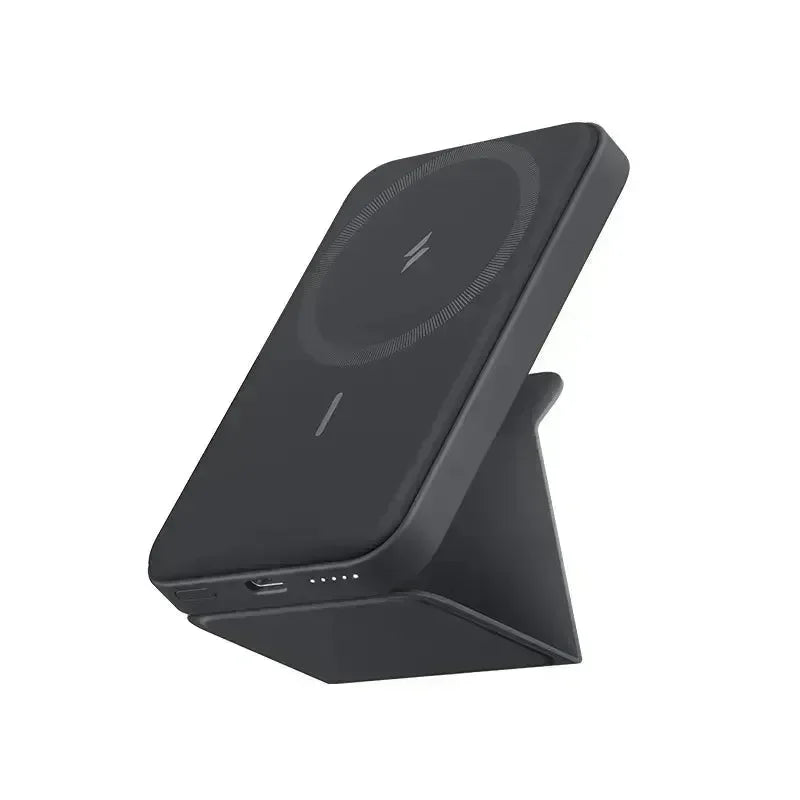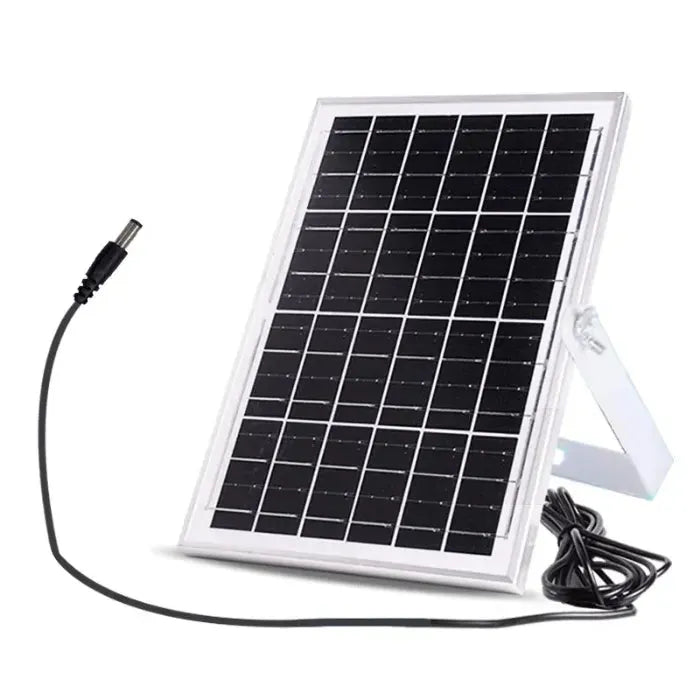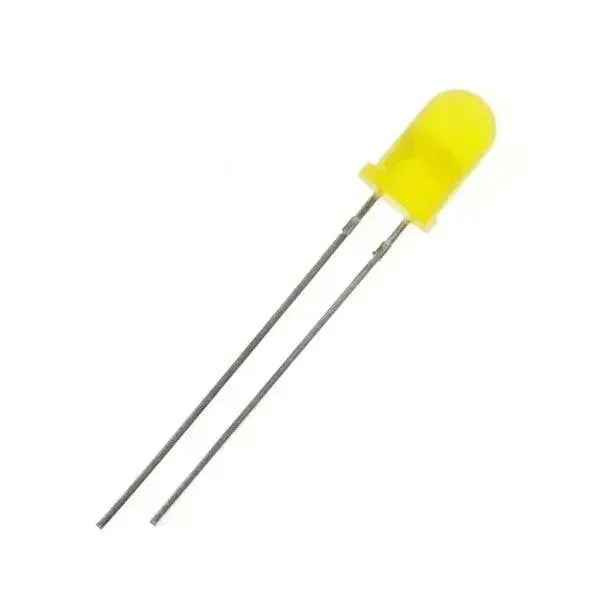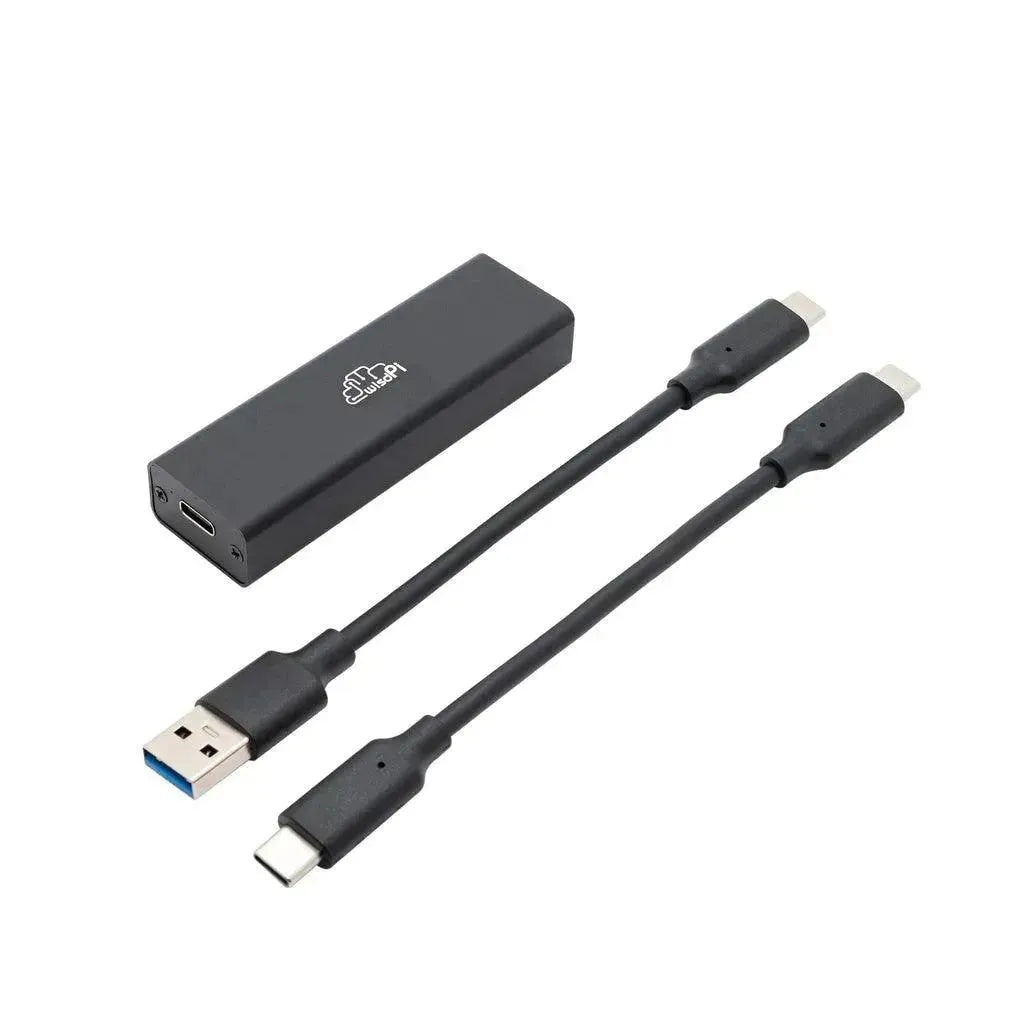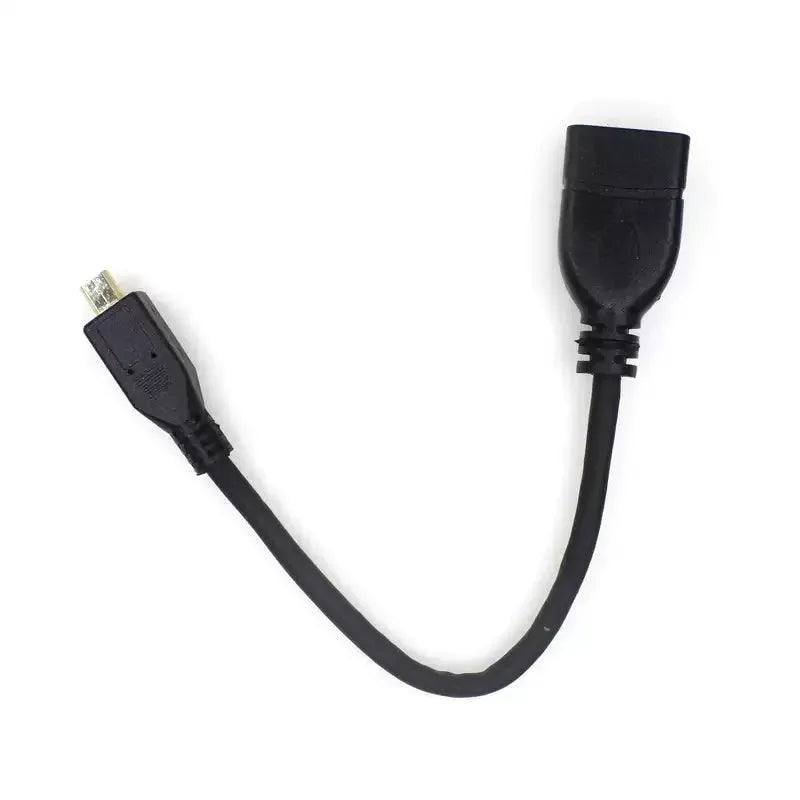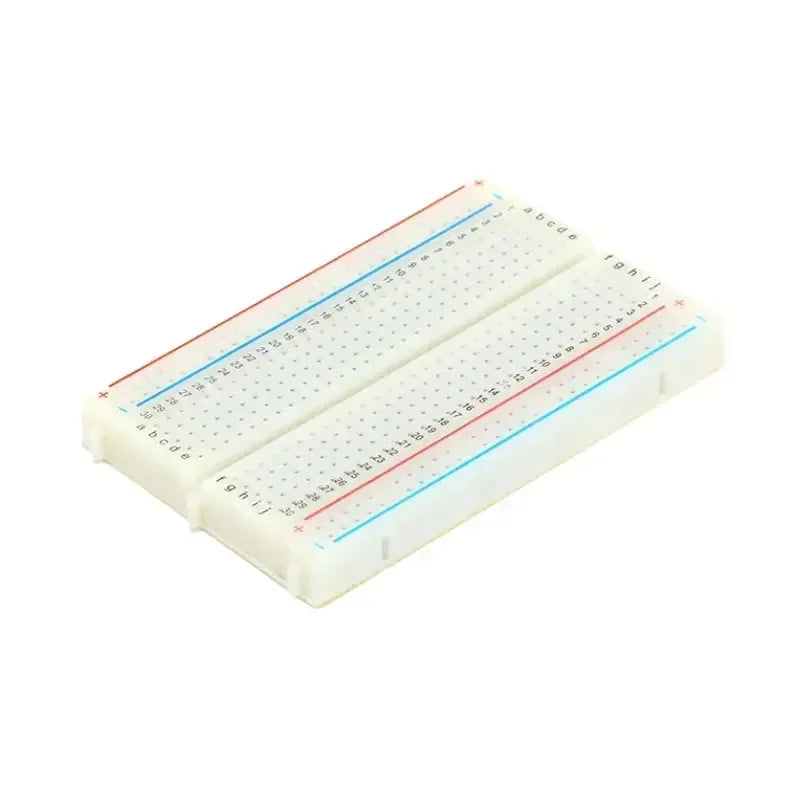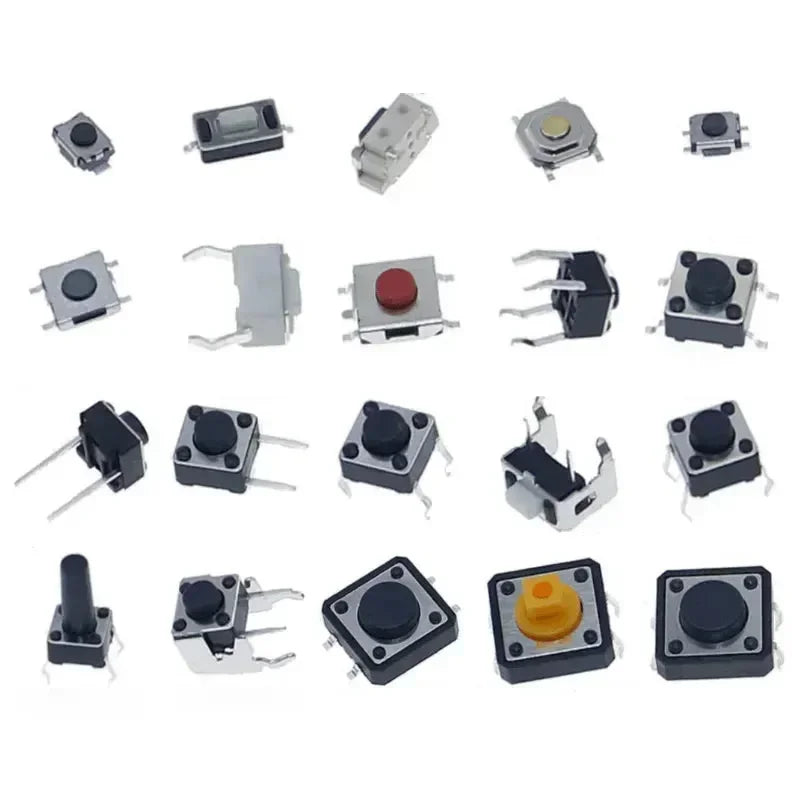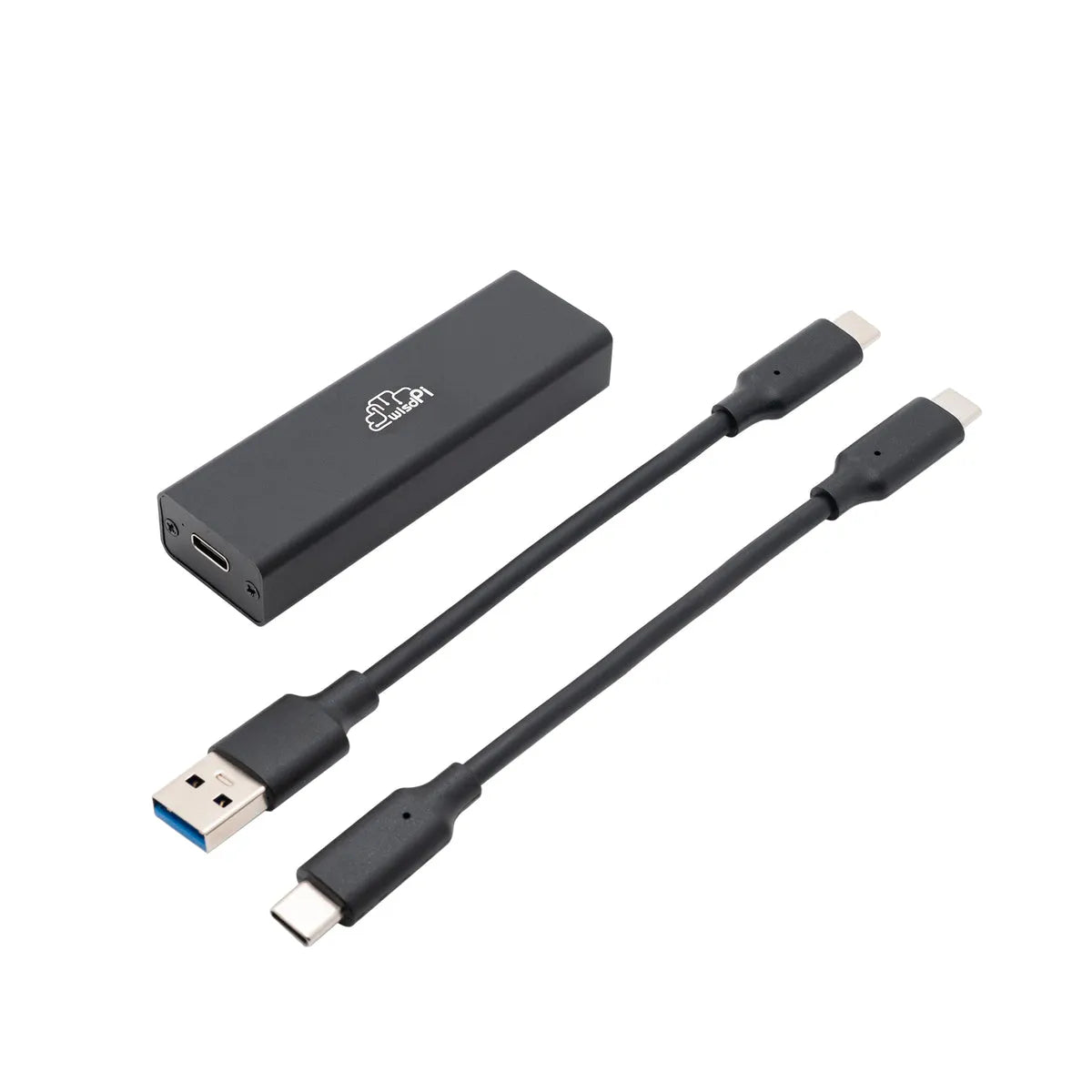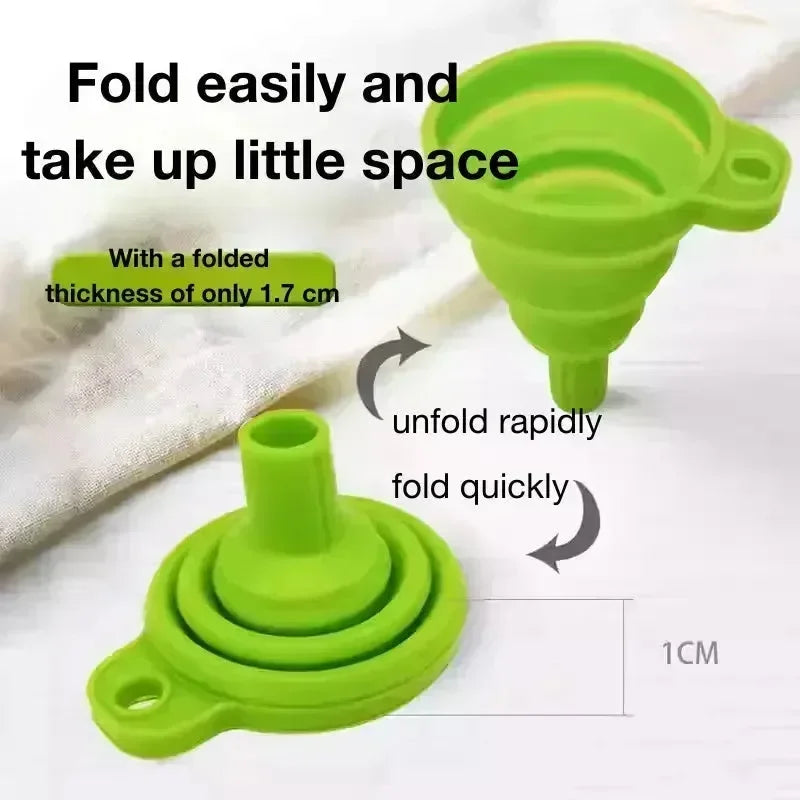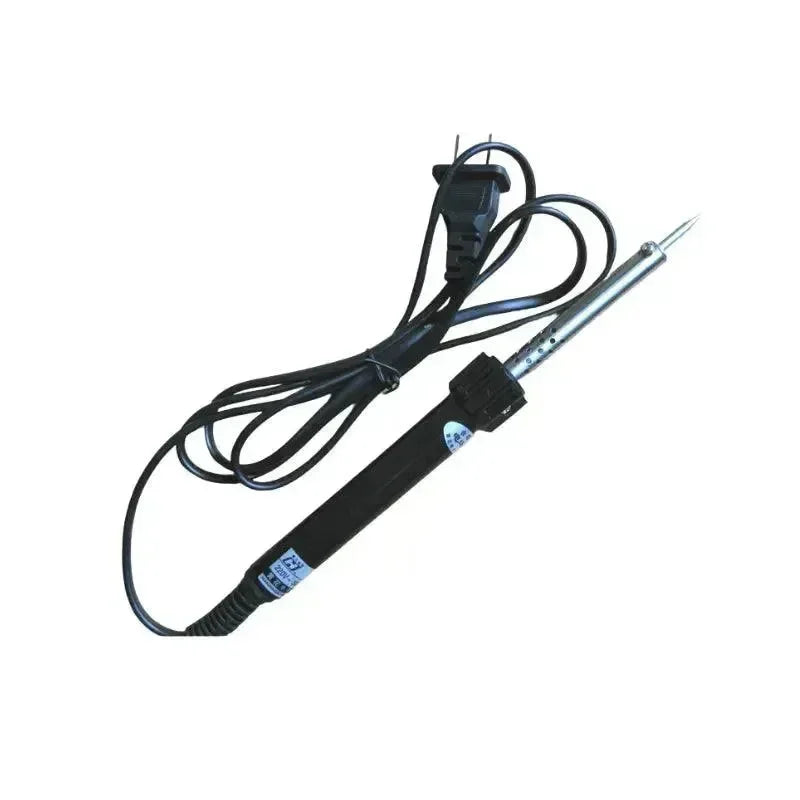Breath detection is often used to analyze the human body's physiological state, sleep quality, and other applications. Traditional breath detection must use contact devices, but they are prone to cause discomfort to the tester and are easily dislodged due to body movement, which causes inconvenience in use. Non-contact detection through image sensors can avoid these problems. In this article, we will introduce a breathing detection solution for you as a reference for related product development.

Non-Contact Detection Enhances Performance
Breathing is an important physiological signal for human beings, and by detecting the respiratory process of the subject, the health status of the subject can be reflected. With the analysis of the algorithm, the physical condition and sleep quality of the subject can be analyzed, and it can also be applied to detecting the mental state of the driver, diagnosing respiratory arrest, or detecting the sleep status of elderly people and infants, so that respiratory arrest can be detected as early as possible to avoid accidents. The traditional respiratory detection device must be used to detect the mental state of driving, diagnose respiratory arrest, or detect the sleep state of the elderly and infants.
Traditional respiration detection devices must be attached to the subject's body, which will cause discomfort to the subject, and is also prone to fall off due to the subject's rolling over and too much body movement, resulting in detection failure. The new respiration detection device uses an image sensor to capture the subject's image, which is then compared and analyzed by artificial intelligence (AI) algorithms to detect the subject's respiration status, avoiding the disadvantage of contact devices.
Breathing rate detection via AI algorithm
The breathing detection solution introduced in this paper utilizes the latest AI video amplification technology, which can amplify the micro-movements of the human body, for example, the chest and abdomen will rise and fall because of breathing, so that the breathing rate can be calculated. The solution cooperates with a third-party research institute in Hong Kong, uses OpenCV and TensorFlow Lite libraries for AI algorithms, and is paired with products from different vendors, including NXP's camera platform, ON Semiconductor's Wi-Fi module, and Murata's Wi-Fi module, to form a complete breathing detection solution.
The solution uses OpenCV and TensorFlow Lite libraries for the AI algorithms, and is paired with products from various vendors, including NXP's AI platform, ON Semiconductor's camera, and Murata's Wi-Fi module, to form a complete breath detection solution.
This respiration detection solution will use the camera to capture the subject and perform motion zoom image processing, which can determine the characteristics of the respiratory rhythm, it will zoom in on the chest up and down micro-movements, and at the same time, it will define the scene state, and when there is a unstable scene, it will stop detecting until the image stabilizes and there is no interference from the background or the human body is stable, and it can adjust the threshold to ensure that it is stable, and can be adjusted. The threshold parameter can be adjusted to correspond to different application environments.
This paper introduces a sophisticated breathing detection solution leveraging advanced AI video magnification technology to enhance the subtle movements associated with respiration, such as the rise and fall of the chest and abdomen. Developed in collaboration with a third-party research institute in Hong Kong, the solution utilizes the OpenCV and TensorFlow Lite libraries for its AI algorithms. It integrates components from multiple vendors to create a comprehensive system, including NXP’s AI platform, ON Semiconductor's camera, and Murata’s Wi-Fi module.
The system captures images using a camera and processes them with motion zoom image processing techniques. This method focuses on the micro-movements of the chest to analyze respiratory rhythms. The solution also monitors the scene's stability; it ceases detection in the presence of 'unstable scenes' until the image and background stabilize, avoiding interference. Additionally, it features adjustable threshold parameters to accommodate various application environments, ensuring reliable and accurate detection.

This respiration detection solution is built on the NXP i.MX 8M Mini computing platform, featuring a quad-core ARM Cortex-A53 processor, a Cortex-M4, and a GPU. It supports AI engines such as TensorFlow Lite and OpenCV. The system utilizes an RGB camera daughter board integrated into the i.MX development tool suite for image capture. An AI image algorithm processes these signals to measure the respiratory rate. The results can either be displayed on an HDMI-compatible screen or transmitted wirelessly via WiFi to the cloud for storage and later retrieval.
Conclusion
The shortcomings of traditional contact respiration detection devices can be improved by non-contact image detection technology. Combined with AI algorithms, the accuracy of detection can be greatly improved, and it is one of the best respiration detection technologies at present. This paper provides a complete hardware and software reference design for breath detection applications, which can be used as a reference for related product developers to speed up product development and bring products to the market as soon as possible.




